

The archival reference guide for photographers.
STORAGE& DISPLAY MATERIALS
Everything you need to organize, store, and display your collection can be found in the new Archival Supplies Catalog. Products include: modular systems and individual components for housing prints, slides, and negatives, portfolio boxes, binders and albums, acid-free mat board, and Nielsen aluminum section frames, plus much more!

PHOTOGRAPHYBOOKS AND SUPPLIES
In our new Photography Books and Supplies Catalog, you'll find books dealing with business, conservation, history, individual photographers, and technical skills -all offered at a 15% discount! This catalog also contains a hand-picked collection of our most popular storage supplies, studio and darkroom equipment, and many other new items not offered in our Archival Supplies Catalog.
TOOLS& EQUIPMENT
Testing materials, slide viewers, magnifiers, dry mounting presses, mat cutters and matting accessories, paper and board cutters, and framing tools are just some of the carefully selected tools and equipment to be found within the pages of our Archival Supplies and Photography Books and Supplies Catalogs.
INFORMATION
In our two new catalogs, we try to cover all pertinent buying information in our detailed product descriptions. Plus, our free Information Sheets, which are available upon request, provide handy tips for safely storing, handling and displaying your collection.
E N T E R
CENTERQuarterlyis publishedby the Centerfor Photography at Woodstock(CPW), 59 TinkerStreet,Woodstock,NY12498.(914)679-9957.Copyright1988,the Centerfor Photography at Woodstock.Allrightsreserved.Nopartof the contentsmay.bereproduced withoutwrittenpermission of the publisher.Allworksillustratedin the Quarterlyare copyrightedby the individualartistswhoproducedthem;copyrightfor essaysbelongsto the authors.Allopinions,ideas,and illustrationsare thoseof the writersand artists themselvesanddo not in anywayrepresentofficialpolicyof (PWor its membership.All manuscriptsandart worksubmittedmustincludeSAIEfor return.(PW,whiletakingall reasonablecare,cannotbe responsiblefor unsolicitedmaterials.ISSN0890-4634
Editor KathleenKenyon
AssistantEditor
CopyEditor
AdvertisingManager
Printer
Typesetting
BethAnnHill
JoanMunkacsi
ColindaTaylor
HamiltonReproductions
AlanMcKnight
CPWis a not-for-profiteducationalandarts organizationwithprogramsin photography, film,video,and relatedarts.Aswellas publishingthe CENTERQuarterly,(PWoffersa year-roundexhibitionseries,the fourSeasonsfilmProgram,summerworkshops,regional grants,a darkroom,permanentarchives,and library.TheCenterreceivesfundsfromthe NewYorkltate Councilon the Artsand the NationalEndowmentfor the Arts,as wellas manymajorcorporateandprivatedonors.(PWdoesnotdiscriminateon the basisof sex, race,color,handicap,nationalor ethnicoriginin the administration of its educational policies,scholarshipprograms,or otherschooladministeredprograms.
THECENTERFORPHOTOGRAPHY AT WOODSTOCK STAFF
ColleenKenyon, ExecutiveDirector
BOARDOFDIRECTORS
PatriciaCarroll
HowardGreenberg
SharonHoran
EllenK.Levy
EricLindbloom
ADVISORYBOARD
CornellCapa
PhillipCavanaugh
A.D.Coleman
Liza Cowan
PenelopeDixon
Ben Fernandez
NormanJayltzkoff
LotteJacobi
ArtKane
FRIENDSANDPATRONS
NicholasArgyros
Craig S. Brown
Marty&SusanCarey
AlanCarey
Mr.&Mrs.TerenceCarle
MaxineChan
JenniferCole
Peter B. Correia
JoanP.Dufault
LillianFarber
MichaelFlamen
Frances&HansGerngross
JackGrainger
HowardGreenberg
TomGrill
Mr.&Mrs.ElliotGruenberg
LindaHackett
KathleenKenyon. AnociareDirector
Ann Lovett
DanMcCormack
ElliottMeisel
MarcMiller
JoanMunkacsi
StanleyM. Kanney
PeterKenner
AlanKlotz
SusanKomarow
RonaldKurtz
KennethT. Lassiter
SusanManuso
HelenMarcus
BarbaraMorgan
DavidHall
MichaelHenry
SharonHoran
Flo&HarveyIsaacs
NormanJayltzkoff
DouglasJames
Kevin&JaneKenyon
DominicLam
JanetLehr
EllenLevy
MarciaLevy
JohnLudwig
JoelMandelbaum
Joyce&RobertMenschel
RichardJ.Mertz
LilyanMiller
MarcMiller
BethAnnHill
CelindaTaylor
JohnPruitt
AndreaStern
DennisStock
RobertPersky
J.RandallPlummer
LilaRaymond
CynthiaSchupf
JohnSchupf
DaleStulz
CharlesTraub
BarryRossWeiner
CourtiaWorth
LouisaModisette
ChuckPine
TomRemick
WhittySanford
NancySiegel
DavidSilver
MartheSmith
SprintSystemsofPhotography
DennisStock
BruceTorrence
SusanUnterberg
JeanUpbin
CarlVanWagenen
ToddWiedenkeller
NancyWillard
Jean&JimYoung
StephenJ.Ziffer
Holiness
Harlan
NEWMETAPHORICS: - SPIRITAND SYMBOL

IN CONTEMPORARYLANDSCAPEPHOTOGRAPHY
GretchenGarner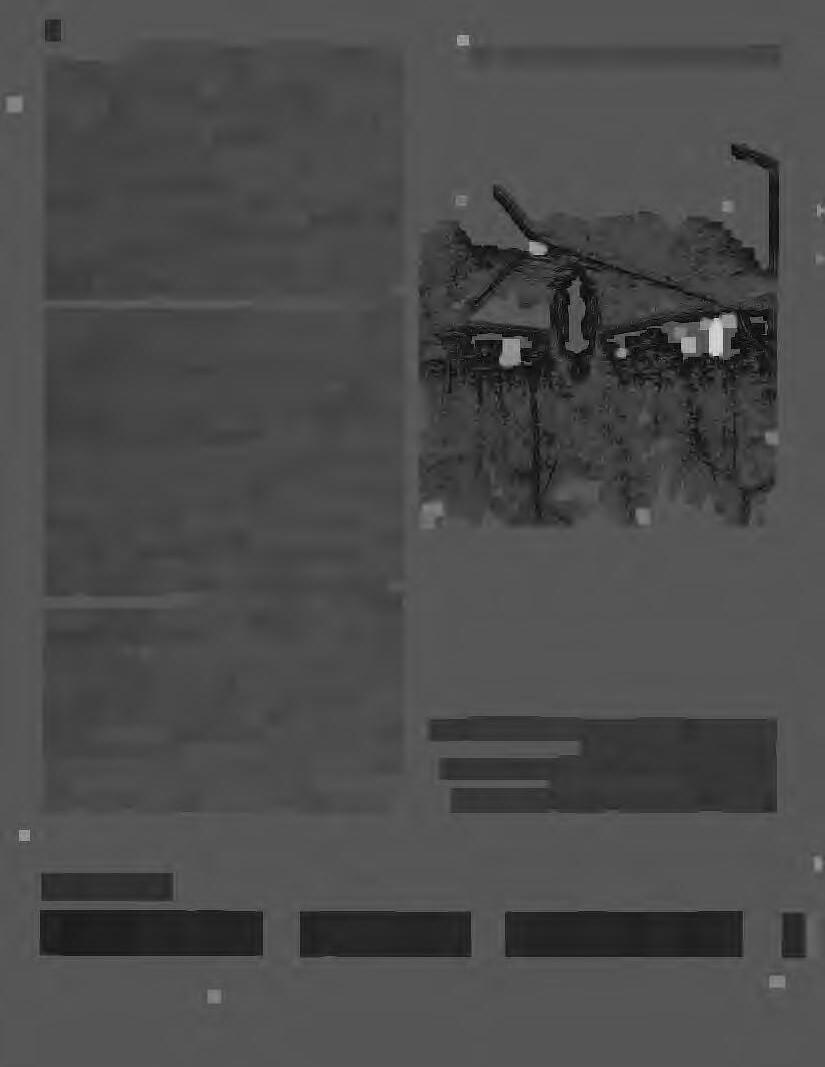
I have not attempted to make a geographical, historical or sociological record.
My work this year as in the past has been directed toward photographing Life.
-Edward Weston, Camera Craft, February 1939
Thus did Weston summarize, in words as clear as his photographs, the difference between the descriptive and the metaphoric modes in landscape photography. These two streams, running side by side, have each nourished our understanding of the world. The descriptive has told us exactly where we are, what we have seen, what we have claimed, and what we have done to the land. The metaphoric has suggested what powers we stand in relation to, what is beyond the visible, the deeper meanings in natural phenomena-what else it is, to use Minor White's phrase. And as surely as winter follows summer, the metaphoric and the descriptive rise and fall as dominant motifs of visual expression.
What causes the shift from one way of thinking to the other is beyond the scope of this essay and perhaps not really understandable outside the context of the other art media, considering the short history of photography. Over the much longer history of other pictorial media the polar swing is a perennially repeating pattern-the romantic following the classical, symbolism following naturalism, pop art following abstract expressionism, detailed realism following abstraction. Compared to photography, this cycle is more understandable in media like painting and drawing, as they are completely malleable to the human imagination. Photography, the very genius of which is description, seems predisposed to linger in that mode. Anchored as it is in the material world and mechanical process, every photograph would seem to have metaphoric feet of clay, hardly able to rise above the level of specific place, incidental detail, and descriptive fact.
Ultimately, however, photographs are made by human minds, and the mechanical process has been subdued often in a strong metaphoric tradition within landscape photography. In their recent Landscape as Photograph (1985) Estelle Jussim and Elizabeth Lindquist-Cock devote two chapters to this expression: "Landscape as God" and "Landscape as Symbol." And even the best-known champion of the descriptive modality, John Szarkowski, acknowledges photography's ability to shift from fact to symbol. Szarkowski's Museum of Modem Art exhibition of 1980, Mirrors and Windows, proposed that just as photographs can be transparent windows to an objective world, they can be mirrors of, if not the communally understood symbols of the nineteenth century, the private, inner meanings of the photographer.
Jerry Uelsmann, untitled, 1978, silver print, l lxl4"
For the decade of the seventies and the early part of the eighties, that metaphoric stream has been rather quiet, silenced by the louder rapids of the descriptive stream nearby---0r perhaps it was the critical interest in the descriptive that made most of the noise, because, as we shall see, metaphoric workers have continued to produce their symbolic images throughout this recent period.
Nevertheless, reacting against the excesses of private visual language encouraged by Minor White's teachings and writings in Aperture, reacting against the romantic love of wildness encouraged by Ansel Adams, Eliot Porter, and the Sierra Club, a new breed of landscape photographers appeared in the early seventies, with Walker Evans as their model/mentor and their left brains fully in gear. Their objective: to describe clearly, transparently, and without affect the look of the America we have made. Their version is not an idealized or a romanticized one but rather a rationally seen one, recording housing developments, industrial parks, urban detritus, change, and destruction, even what might have been called acts of God in an earlier time-Frank Gohlke's images of tornado and volcano destruction, for example.
In 1975 William Jenkins curated an important definitive exhibition of this descriptive work entitled New T opographics: Photographs of a Man-Altered Landscape. The show included the work of Robert Adams, Lewis Baltz, Bernd and Hilla Becher, Joe Deal, Frank Gohlke, Nicholas Nixon, John Schott, Stephen Shore, and·Henry Wessel, Jr. Their grim images of landscapes strongly marked by humans (but without human presence) offered stern but inconclusive evidence of a world actually quite familiar to all of us. With the possible exception of Nicholas Nixon's lofty views of gleaming cities, these were landscapes of restrained regret. No longer were the machine and the skyscraper the heroic forms they had been earlier in the century (for Sheeler or Steichen, for example), but neither was the landscape the enlivening relief from the city that Adams and Porter offered. Instead the two had come together in bleak scenes of tract housing and factory construction.
A sentiment of regret was discernible in the new topographies, but little more. Strictly rational and produced with a restrained rhetoric, the pictures left a feeling of emptiness. This rhetoric involved almost antipictorial decisions: Jenkins described the pictures as "stripped of any artistic frills," and Gohlke worked toward an "essentially passive frame" instead of using the frame compositionally. "Pictures should look like they were easily
taken," said Robert Adams. "I attempted to make a series of images in which one image is equal in weight or appearance to another," said Joe Deal, and Lewis Baltz summed up the hoped-for appearance of the new topographies by saying, "The ideal photographic document would appear to be without author or art." 1
Although they have enjoyed much art-world currency, the new topographies have had curiously little effect on the popularly consumed landscape publishing business of calendars, glossy books, and magazines. More important, they seem even to some of their admirers to be pictorial dead-ends. Marked by intellectual rigor, sometimes (one can't be sure) by ecological awareness, these pictures have told us only that it is a bleak world we have made. But what then? Perhaps description does not suffice when it comes face to face with the problems of creating landscape images with meaning.
Against this background a resurgence of interest in metaphoric landscape photography has recently occurred. For these photographers the world may be troubled, but it is not bleakly meaningless; instead it is "bursting with meaning," in Frederick T umer's phrase, and there are no particular limits placed on pictorial strategies. Combined prints, in black and white or color; images with texts; images in series; all are used for a more directed meaning about a sense of place and about our place in it. These photographers are trying to forge symbolic images that can replace what Joseph Campbell called the non-functioning myth of Western culture, in which "God is separate from nature, and nature is condemned of God."
In an interview with Bill Moyers, 2 Campbell said, "We have today to learn to get back into accord with the wisdom of nature and realize again our brotherhood with the animals and with the water and the sea .... If you will think of ourselves as coming out of the earth, rather than having been thrown in here from somewhere else, you see that we are the earth, we are the consciousness of the earth. These are the eyes of the earth."
Some recent metaphoric landscape work has simply grown out of work that began long before the new topographies-Paul Caponigro, Jerry Uelsmann, and Emmet Gowin, for example, continue to serve as "eyes of the earth." Though he cannot be confined under the heading "landscape photographer," Jerry Uelsmann's images have long been steeped in symbols drawn from the natural world, and during the last decade his synthetic images have increasingly dealt with the imposition of culture on nature, as well as with the historical process and the past. 3
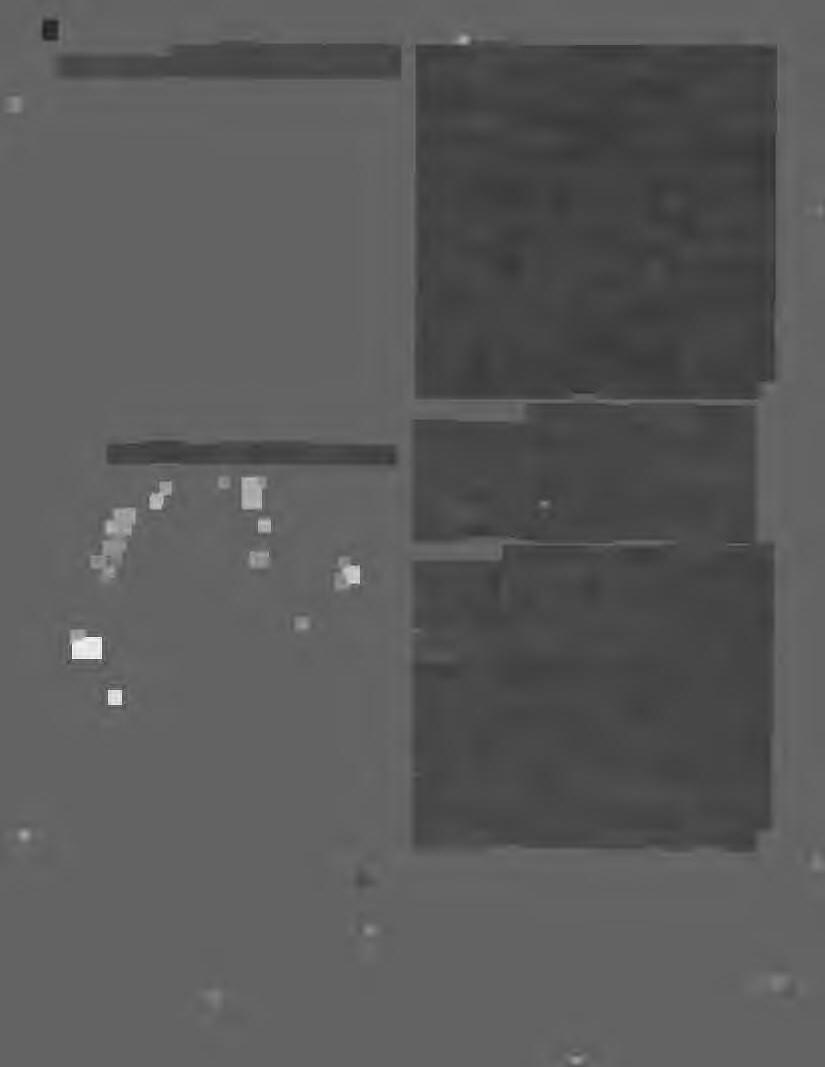
The past has a powerful attraction as a subject for many others, some looking to see mistakes made there and some looking for lost wisdom. Several have taken the neutral descriptive eye of the new topographer and combined it with other elements, resulting in a richer, more directed image such as Vida's text/ image series on Death Valley. 4 For others, ancient cultures, in particular their sacred places, have become the center of attention. Megaliths presents Paul Caponigro's photographs of the ancient stones of Great Britain 5 (in his words, "these giant bones of the Mother"), and Marilyn Bridges in her small plane has made aerial views of ancient sacred sites, collected in Markings:Aerial Views of SacredLandscapes. 6 Marks in Place: Contemporary Responses to Rock Art presents contemporary photographs of the ancient native American rock drawings of the Southwest. 7 In explaining the reasons the book's five photographers are fascinated by their subject, Keith Davis has written: By honestly preceiving these marks in our own cultural image these artists express their faith in what today's art can and should be. Their images are deeply moral visions conveying a profound respect for the evidence of time, the primacy of culture, and the grandeur of the earth. They offer an implicit critique of our own moral relativism and spiritual malaise, while celebrating the transcendent power of human expression and imagination. 8
For others the myths of our religious tradition have been reanimated. Paul Shepard reminds us, in Nature and Madness,9 that the Western religions were born in the desert, a place of extreme contrast-between the life-giving river and the death-dealing emptiness-and that this contrast laid deep in our psyches a sense of conflict and apocalypse from the hand of a god of wrath. Richard Misrach's Desert Cantos are, he says, about "desertedness," and the section titles of his book ("The Terrain," "The Event," "The Flood," "The Fires") have the ring of Biblical catastrophe. To accompany his lushly colored scenes of fire and flood in the barren American West Misrach writes that "the desert may serve better as the backdrop for the problematic relationship between man and the environment. The human struggle, the successes and failures, the use and abuse, both noble and foolish, are readily apparent in the desert. " 10 Steven Foster draws on another part of tradition in his recent landscapes of Milwaukee parks and backyards, using the mystical Hebrew concept of "Makom" (the place where God is). Some views are meant to evoke specific Biblical
Emmet Gowin, Ireland,1972, silver print, SxlO"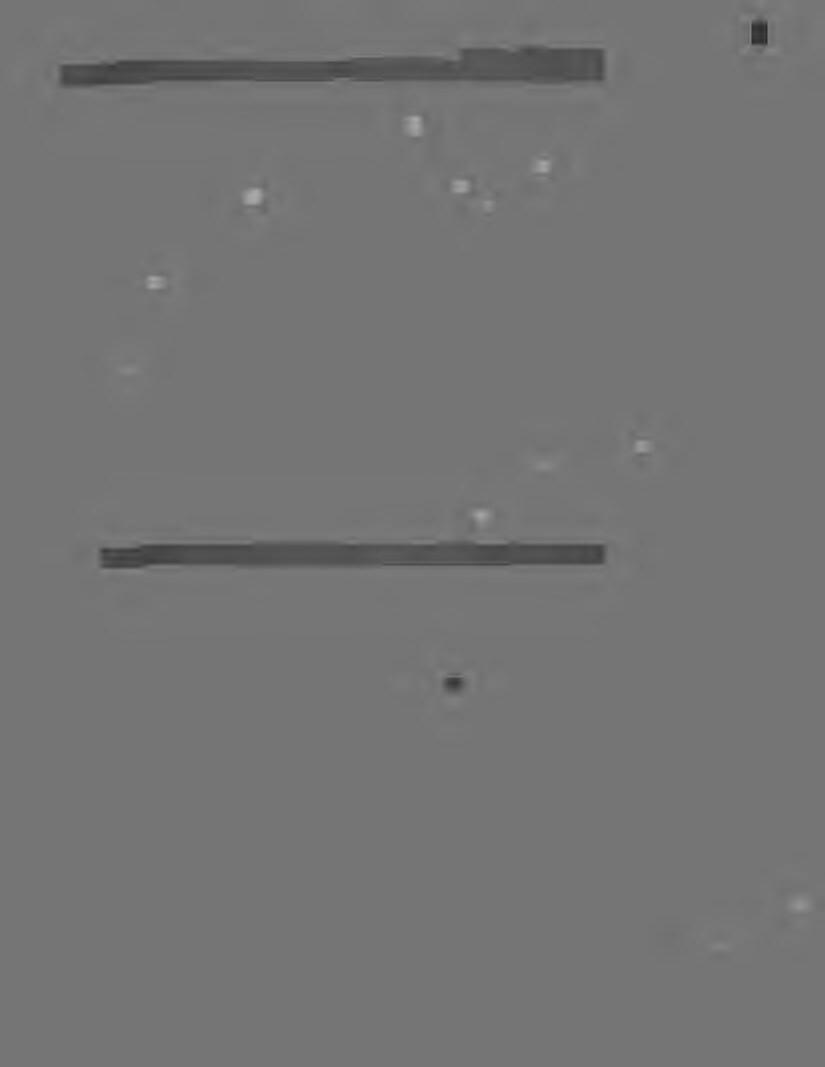
1 (11.ke the Garden of Eden), while others, especially paces 1 · 1 che ones printed as negatives, ar_eless_direct y referent1a bur glow with a genuinely mystteal light.
For some of the new photographers a frank sense of human presence, from Mark Klett's picnicker at the edge of the Grand Canyon to Mary Beth Edelson's private rituals, denotes a necessary connection of humans to the landscape. For Linda Connor the fascination with marked sites of ancient and exotic cultures is most importantly a focus on human presence in the landscape, "intimacy co the land," as she puts it. For Edelson, resonances between natural forms and the female body are a dominant theme, and her work reveals a feminist/pagan sensibility, suggesting a direct and sacred relationship to the land. For other women, including Connor, this is a minor theme in the context of larger overall landscape concerns. 11
Elsewhere (in Reclaiming Paradise: American Women Photograph the Land) I have explicated the expansion of the landscape tradition that women's work provides when it is understood to belong to the history of landscape. Women's photographs of domestic, inhabited land; photographs of performance/ritual within the landscape; and photographs of sensual identification with nature, sometimes very close in their viewpoint-all, I have argued, are landscape images. While women's photographs have been especially rich in metaphoric expression, I have not meant to suggest that metaphor is "women's work" and that description is "men's work." I do suggest, though, that the freedom that women have brought into photography during the seventies and eighties-the freedom to be personal, to be relatively free from the historical canon, and to enjoy a sense of beauty as well as a sense of play with the medium-are freedoms that have eased the way for the resurgence of metaphor in photography at large. Today the dry, descriptive approach of the new ~opographers seems exhausted. Many photographers are ms~ead deeply engaged in metaphor, addressing the mysteries that lie at the heart of our life here on earth.
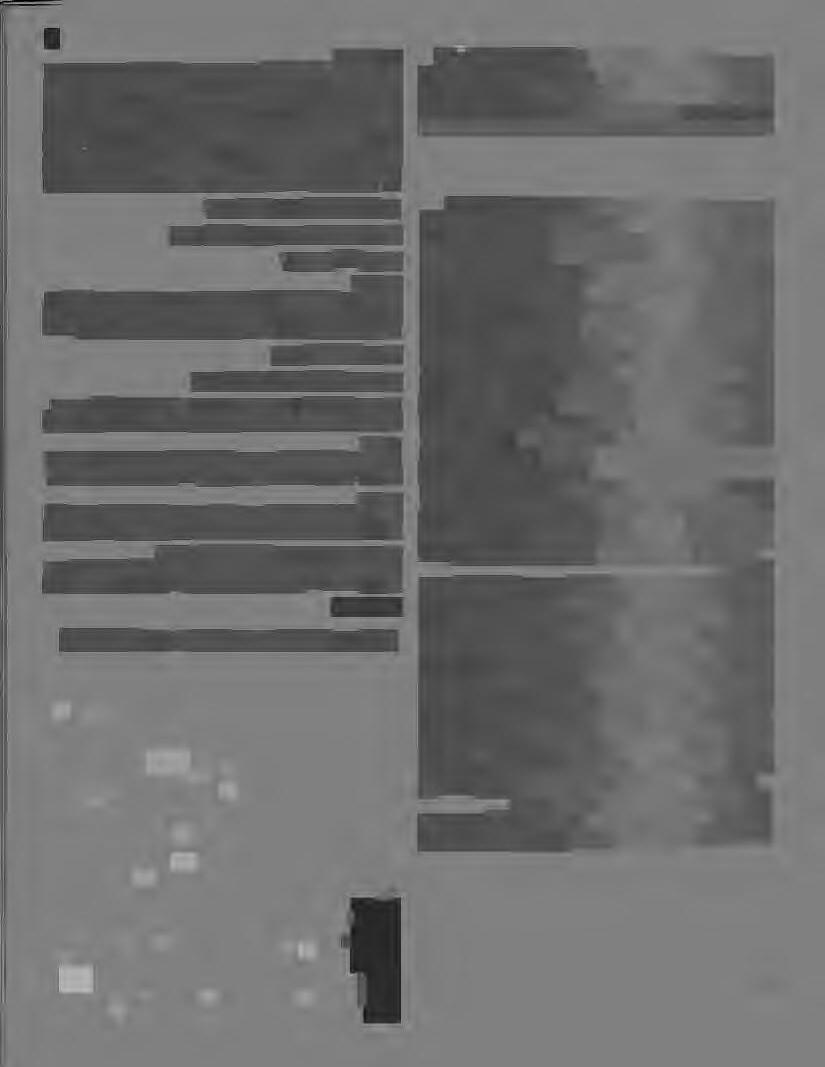
GRETCHEN GARNER is a landscape photographer and is the curator/author of Reclaiming Paradise: American Women Photograph the Land. She teaches photography at Grand Valley State University in Allendale, Michigan.
References
1. All quotes are from the introduction to William Jenkins, New Topographies:Photographsof a Man-Altered Landscape(Rochester, NY: International Museum of Photography, 1975).
2. Bill Moyers and Joseph Campbell, The Powerof Myth (NY: Doubleday, 1988), excerpted in New Age Journal, July/August 1988, pp. 82-83.
3. For a broad overview of his work, see James Enyeart, Jerry N. Uelsmann, Twenty-Five Years: A Retrospective(Boston: Little, Brown, 1982).
4. Gretchen Gamer, ReclaimingParadise:American Women Photograph the Land (Duluth, MN: Tweed Museum of Art, 1987), pp. 52-53.
5. Boston: Little, Brown/NYGS, 1986.
6. NY: Aperture, 1986.
7. Albuquerque: UNM Press, 1988; includes photographs and essays by Linda Connor, Rick Dingus, Steve Fitch, John Pfahl, and Charles Roitz, and essays by Polly Schaafsma, Keith Davis, and Lucy R. Lippard.
8. Ibid., pp. 130-131.
9. San Francisco: Sierra Club Books, 1982.
10. Albuquerque: UNM Press, 1987.
11. See Gamer, op. cit.: photographs by Berenice Abbott, Anne Brigman, Linda Connor, Barbara Crane, Imogen Cunningham, Judy Dater, Liliane DeCock, Mary Beth Edelson, Marion Faller, Linda Gammell, Lynn Geesaman, Laura Gilpin, Betty Hahn, Dorothea Lange, Cynthia MacAdams, Joan Myers, Marion Patterson, Kathryn Paul, Mary Peck, Meridel Rubenstein, Geraldine Sharpe, Clara Sipprell, Gail Skoff, Evon Streetman, Vida, and Marion Post Wolcott; essays by Elizabeth Hampsten and Martha Sandweiss. Catalogue available for $10. 75, postpaid, from the Tweed Museum, UMD, Duluth, MN 55812.
DIVINEPICTURES:
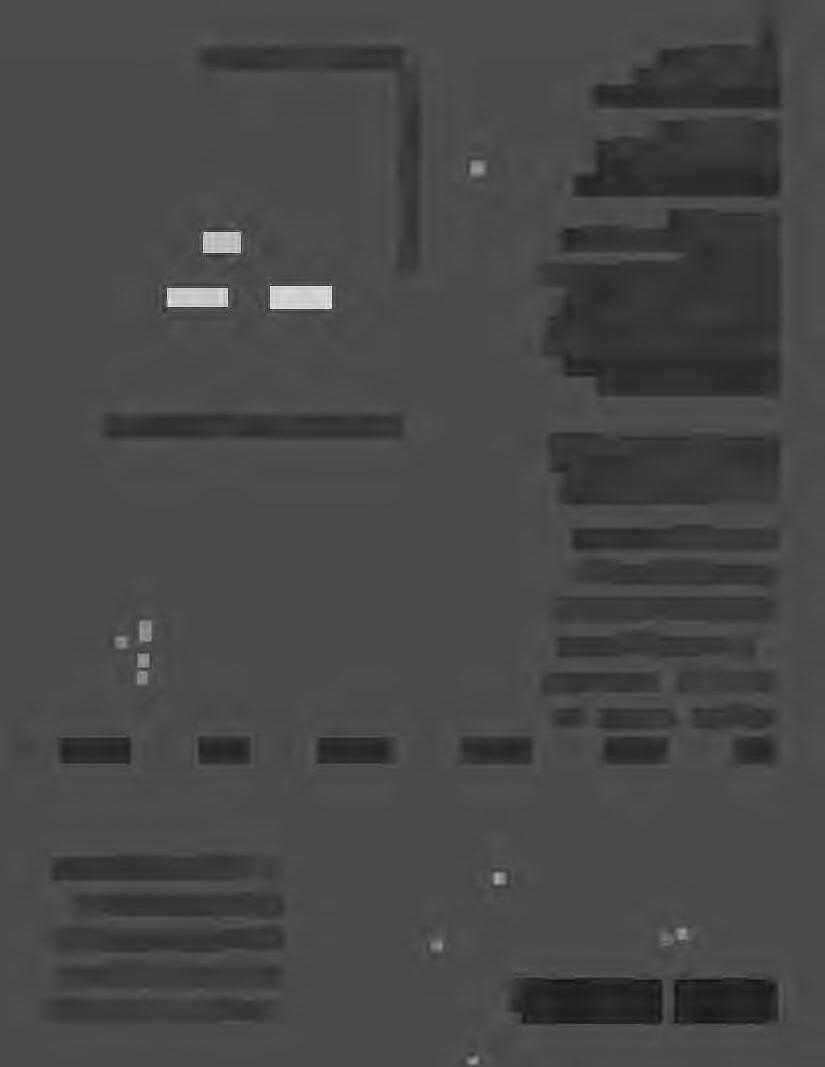
"Insomeways,theactivityofmuseum-going may bereplacingtheoldactivityofgoingtochurch. Peoplecomeandlookatartforcertainspiritual values,andit hasbecomealmosta cult."
-LisaPhillips,Curator,WhitneyMuseum,NYC
ICON I /CONICALI
Haveyounoticed...arushofshowssome recentpublications...anewauctionrecord ...here'sourinformalsurveyofnational photographypresentationsfeaturingsubject andcontentappropriatetothegenre.
-KathleenKenyonandBethAnnHill
(LisaPhillips'sstatementprintedby the kind permission of Ms.Phillipsandthe editorsof ARTSREYIEW, a publicationoftheNationalEndow, mentfortheArts,inwhichthelinesfirstappeared.)
THESACRED&THESACRILEGIOUS: ICONOGRAPHICIMAGESINPHOTOGRAPHY
JulieAult,PaulBerger,JuliaMargaretCameron, LindaConnor,F.HollandDay,MarkDurant, JeanneC.Finlay,PhyllisGalembo,Robert Mapplethorpe,DuaneMichals,WilliamE. Parker,OscarGustavRejlander,AndresSerrano, Joel-PeterWitkin
PhotographicResourceCenter,Boston,MA
Oct.3-Nov.6,1986
ANEXHIBITIONOFPHOTOGRAPHS AND SCULPTUREBYJOEL-PETERWITKIN
Pace/MacgillGallery,NewYork,NY Mar.12-Apr.25,1987
NEWWORKSBYTHESTARNTWINS
StuxGallery,NewYork,NY
Apr.18-May23,1987
RELIGIONI
RELIGIOUS
I SPIRIT I SPIRITUAL
PhyllisGalembo,OgunShrine,BeninCity,Nigeria,1985,Cibachrome
Joel-PeterWitkin,Crucifix,1987,mixedmedia
TheStarnTwins,Mikeand DougStarn,Christ(Stretched),1985-86,gelatinsilverprint,tape,wood
MYSTIC I MYSTICALI
ElliotSchwartz,Conflict in Marfa,1985,silverprint
ELLIOTSCHWARTZ:NOCTURNEFORDRUMS
InternationalCenterforPhotography,NewYork, NY Sept.12-Nov.15,1987
MYTH/RITUAL
JulieAult,SiegfriedHalus,SudaHouse,Geno Rodriguez,MeridelRubenstein,AndresSerrano, RaphaelSerrano
SanFranciscoCamerawork,SanFrancisco,CA Oct.15-Nov.21,1987
SPIRITINTHELAND: PHOTOGRAPHSFROMTHEBIBLEBELT
ShelbyLeeAdams,BillBurke,ThomasDaniel, EleanorDickenson,RolandFreeman,Paul Kwilecki,RogerManley,DanielPrice,Michael P.Smith,PerryWalker
SanFranciscoCamerawork,SanFrancisco,CA
July7-Aug.15,1987
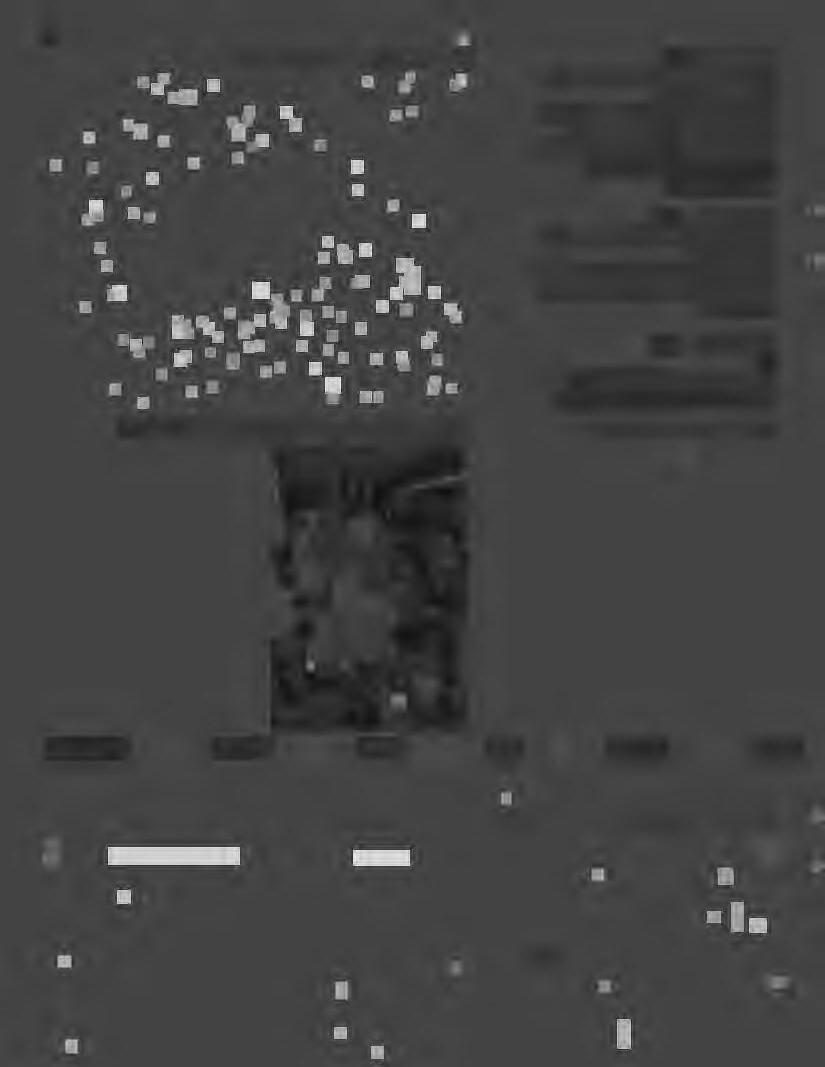
I MYSTERYI MYSTERIOUS
RecentPublications of Note:
SFCAMERAWORKQUARTERLY,Vol.14,No.2,Summer 1987:"SouthernAccents."Includesworkby participatingphotographers in the Spiritin the landexhibition;MarkSloan,curator.
SFCAMERAWORKQUARTERLY,Vol.14,No.3, Fall 1987:"Myth/Ritual."Featuresphotographsby participants in the exhibitionMyth/Ritual;Sam Samore,curator.SanFranciscoCamerawork,Inc.,70 TwelfthStreet,SanFrancisco,CA94103
PHOTOMETRO,Vol.6, No.62,September1988 PresentspictureportfoliosbyJoel-PeterWitkinand MeridelRubenstein.PhotoMetro, 6 Rodgers207C, SanFrancisco,CA94103.

F.HollandDay'sSevenWords(Lot330)sells at Sotheby'sNYCsale,Fall1986,for$96,500. Thisisthehighest-sellinglotofphotographsin thehistoryof photography-atauctionin the world.
ICON I /CONICAL I RELIGION I RELIGIOIJSI SPIRIT I SPIRITIJAL
TheStarnTwins,MikeandDougStarn,Christ(HeadDetails), 1987,tonedgelatinsilverprint,Scotchtapeandvarnish
DOUGANDMIKESTARN,THECHRISTSERIES
TheJohnandMableRinglingMuseumofArt, Sarasota, FL Nov.20-Jan.31,1988
JOSEFKOUDELKA
InternationalCenterforPhotography,NewYork,NY May6-July10,1988
NEWSURREALISM: OR,THEFICTIONOFTHEREAL
TheCenterforPhotographyatWoodstock JuneII-July24, 1988
ShelleyBachman,KarlBaden,EllenCarey,Gloria DeFilippsBrush,DanielFaust,MiriamFishman, StephenFrailey,SusankaeGrant,SandraHaber, JeffMillikan,PatrickNagatani&AndreeTracey, LorieNovak,RicardoSalcedo,AndresSerrano, CarlaShapiro,JosephSquier
F.HollandDay,SevenWords,1898, 7 platinumprintsoncardwithlacqueredwood.
MYSTIC I MYSTICAL I RITE
I RITUAL I MYSTERY I
RomanVishniac,Vilna,TheSynagogueCourtyard,1930s,silverprint
ROMANVISHNIAC:POLISHJEWS,THELAST PICTORIALRECORDOFTHEJEWSOFEASTERN EUROPE
CenterforPhotographyatWoodstock, Woodstock,NY
July30-Sept.II,1988
LABYRINTHSANDCONSTELLATIONS: PHOTOGRAPHSBYMERIDELRUBENSTEIN FullerGrossGallery,SanFrancisco,CA Sept.I0-Oct.8,1988
DERWILDEMANN(THEWILDMAN): THETEMPERAMENTS
PhotographsbyWilliamE.Parker LaurenceMillerGallery,NewYork,NY Sept.14-Oct.15,1988
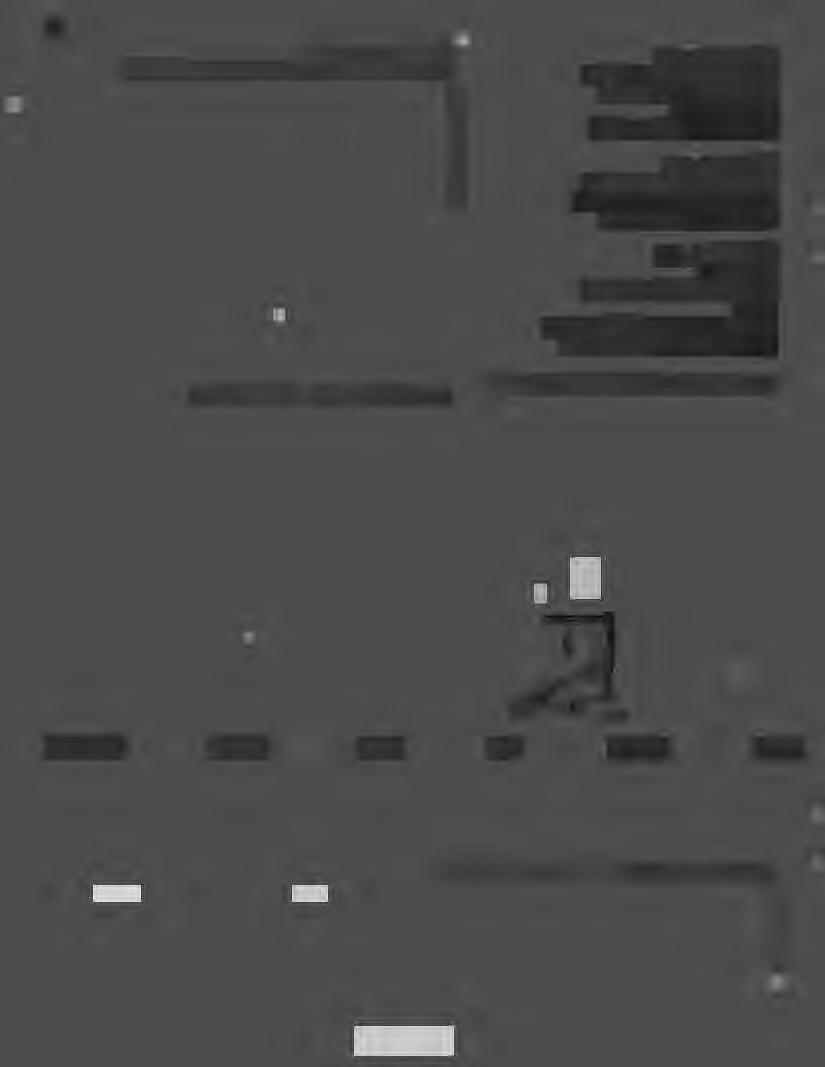
MYSTERIOUS
WilliamE. Parker,fromDerWildeMannSeries/1985-86:TheTemperaments (CholericII),handcoloredsilverprint
HOLINESSPORTFOLIO
"The spirit is something you can't hardly explain. The feeling of the spirit of the Lord can't be explainedwithout you having the spirit in your soul. It is a good feeling, it's a feeling too good to explain! Just like in heaven, you can't even wash the spirit of the Lord out of your hands. The spiritis somethinggreat. I've had the spirit in my arms, in my whole body. I've had it so much, I feel so weak, I could fall out, I have to sit down sometimes. I feel so weak in the Lord, In the Spirit! If you understand the spirit of the Lord, it's not weakness or sickness but meekness in the spirit." Text © 1988 Shelby Lee Adams, from an interview and video with Gracie Holland.
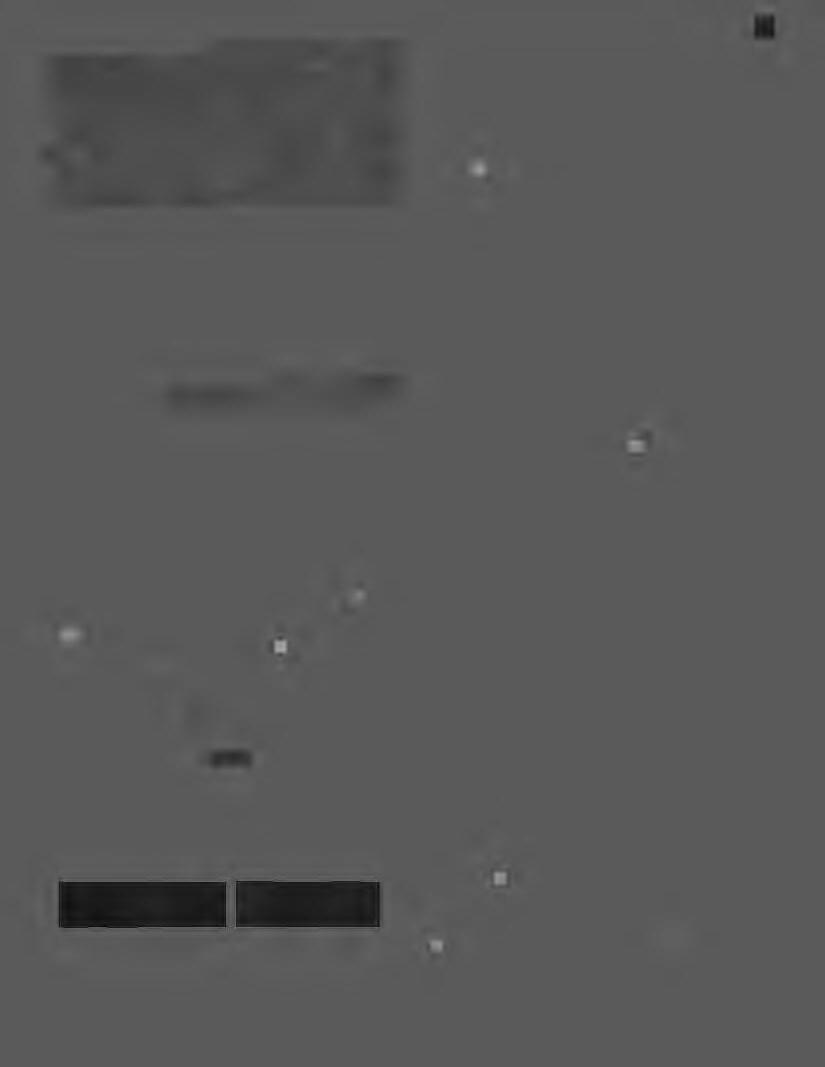
TextandPhotographsbyShelbyLeeAdams
Since 1983 Shelby Lee Adams has been photographingAppalachianmountain people who are members of the Holiness Church. He makes no attempt to create an overview of Appalachianculture but rather focuses on an isolatedsub- culture. Followersof this religionrefer to the Bible quote: "And these signs shall follow them that believe; in My name shall they cast out devils; they shall speak with new tongues; they shall take up serpents; and if they drink any deadly thing it shallnot hurt them; they shall lay hands on the sick, and they shall recover" (Mark 16: 17-18, King James Version of Bible). They practicefive "Signsof the Bible" that prove their spiritual faith: serpent-handling, fire-handling, drinking poisons, speaking in tongues, and faith healing/casting out demons. Adams, who has traveledthroughAlabama, Georgia, Tennessee, Kentucky, Virginia,and West Virginia,has compassionately witnessed, photographed,and videotapedwhat he calls "an incrediblereligion."
-Editor
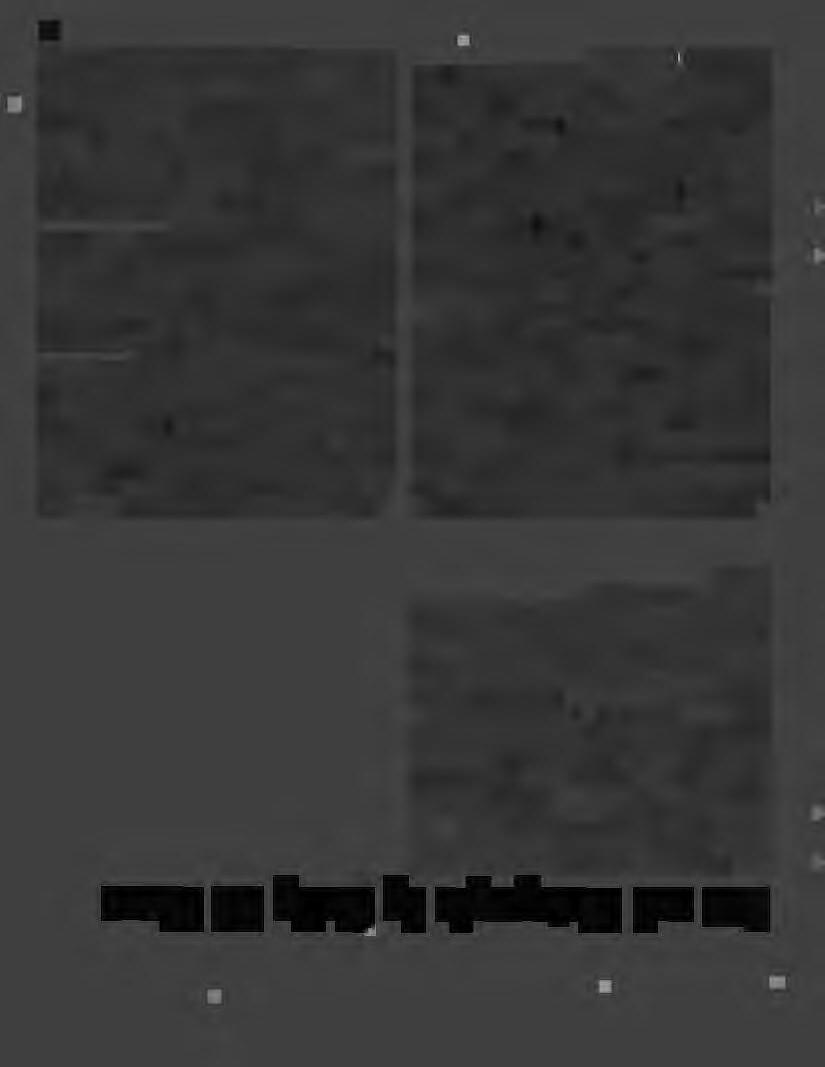
When I first visited a serpent-handling church in 1983, I was invited by its preacher, Lloyd Collins. Lloyd was about sixty-three years of age, a simple, humble country man in appearance. He stood about five feet six inches tall, clean-shaven, a bit potbellied, with silver-gray hair and bright blue eyes. Lloyd's hands were very scarred; the end of one finger on his right hand was out of joint and appeared to grow sideways i~stead of straight. On his left hand his middle finger was missing. These hands, I knew, were scarred and deformed from many snake bites. When I asked Lloyd how many times he had been bitten by serpents, he told me, "Now over fifty times," and with a smile showed me his hands as a sign of proof.
Lloyd introduced me to his wife, Mattie, a pleasant woman with long gray hair worn in a bun atop her head. They both invited me to their church that Saturday evening at 7 p. m. They asked if I had ever seen a serpenthandling service, and I told them I had not, that my grandparents were Old Regular Baptist and that was the only church I had gone to. Lloyd said there were good people in the Old Regular Baptist, but their religion was quite different. The Collinses invited me again to their church, but said I could not take pictures. This I agreed to and left. That Saturday night I went to my first Holiness Church service, and except for the men carrying in the wooden snake boxes, their service was not any different from my grandparents' Baptist services that I had attended as a small boy.
The next Saturday night I attended their services, and again no serpents were handled; the services seemed quite normal, and I was bored. There was a woman speaking in tongues that night. I thought she was rendered distraught by her burdens in life and was merely using the church to release her frustrations. I was impressed with the sincerity, humility, and openness of these people in expressing freely to the congregation their frustrations in life and their own shortcomings. Their praying together was open, personal, and deeply sincere.
On the third Saturday night, I again attended the Collinses' church, much as a skeptic. I'd decided that this would be my last service if nothing happened-whatever that meant. That night the service started as usual, with everyone standing, singing hymns, led by Lloyd. He "lined the hymns," which means that he, as the preacher, read the lines in a monotone voice, and the congregation then sang repetitively.
Suddenly a young woman begins shouting and shrieking, screaming, "Praise God," waving her hands, jumping up and down and then speaking in tongues. Lloyd I see standing on the pulpit, smiling. I see him nodding to the young girl to come forward as he takes one of the serpent boxes and puts it on the pulpit where the Bible is lying. The young woman comes forward, opens the serpent box, takes out a large rattlesnake, and hands it to the preacher. She takes out another rattlesnake and walks around the pulpit, holding the serpent in her arms,
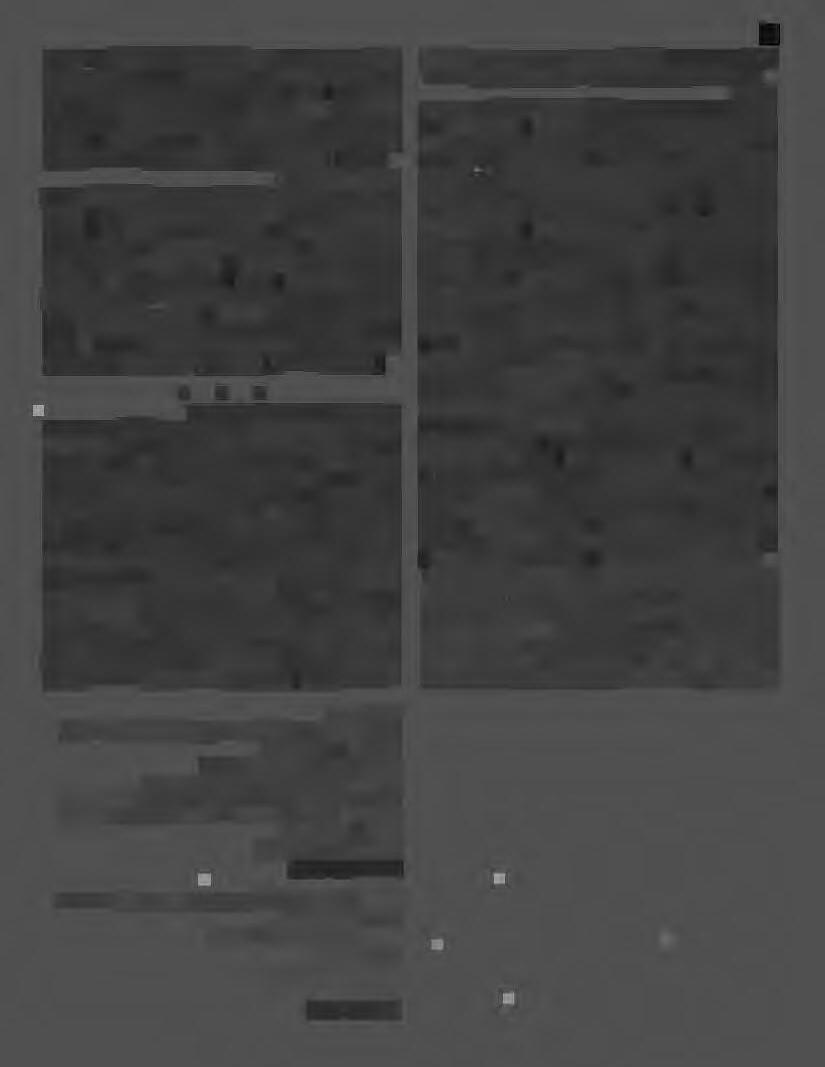
shouting and screaming. Lloyd takes another rattlesnake out of the box and is now holding one in each hand, smiling and praising God. The church members spontaneously begin opening up all the serpent boxes, handling the serpents, putting them around their necks and on their heads, passing them among each other. Everyone is shouting, screaming, wailing, and praying simultaneously.
My personal response to all this was twofold. First, I felt fear, threatening insanity. Mass hysteria had taken over the church house, and I wanted to leave, run out immediately. I couldn't breathe. I became conscious that I was drawing my body into the fetal position and that breathing was becoming more and more difficult. I realized that I might pass out if I didn't do something quickly. My rational mind told me I was threatenedleave, move immediately! My curiosity and will held me there, though, watching the snakes being passed around, with everyone around me in total hysteria. After all, this was what I came to see. In a split second, it seemed at the time, I made a decision to throw out my arms, touching the shoulder of the person on either side of me. I took a deep breath, and simultaneously energy seemed to flow into my body through my arms, filling my body with glowing warmth. I felt suddenly connected to my environment. All fear left my body, and I felt a radiant smile come to my face from the inside out. I stood up to see and feel everything around me. My senses and perceptions seemed to have changed. I became acutely sensitive. I felt I was multidimensional, experiencing dimensions I had not experienced before. I remember feeling blissfully happy watching Lloyd, now with rattlesnakes around his neck and in both hands. With his arms held straight out, he danced an unusual mountain clog dance around and around the pulpit. I thought of him as some Western Indian spirit dancing wildly in another world.
The entire church seemed to be peaking with energy. Two women were rolling around on the floor as if having
Top, left to right: Holiness Gathering Leatherwood, Kentucky Bottle contains strychnine.
Dewey Serpent Handling at Sunset Mayking, Kentucky
Dewey has been bitten one hundred and six times by venomous serpents.
Bottom, left to right: Holiness Man and Family Jolo, West Virginia
Raymond (center, with serpent)was raiseda Catholicin Chicago. He met and marrieda woman ( behindhim) in West Virginia.They now raise their children in the Holiness Church.
Ray's Hands with Serpent and Bible
Grundy, West Virginia
Detailof Ray's handsshowingscarsand deformitiesfrom overfifty serpent bites.
a seizure. Then I remember seeing Lloyd come up off the floor as if he were levitating. My smiling face felt as if it belonged to someone else, and that someone else was utterly astonished. As abruptly as it all began, it ended. The snakes were quickly put back into the boxes, people went back to their seats, and everyone sang hymns as before. Lloyd was sweating profusely now and talked about how good he felt. He told everyone, "Now you know the Holy Spirit was here tonight." He went on preaching the Scriptures as I had seen and heard him do before. At the end of the service that night, Lloyd pointed his finger at me and told his congregation, "Now this young man has been here when the Spirit is with us, and he does not disturb the Spirit, and it's all right with me if he keeps coming back." There were no objections from the congregation. I knew that night that I was hooked on the Holiness Church.
I decided to see if I could find a couple of fire-handlers to interview and photograph myself. The summer of 1987 I did just that. Bradley Shell, an eighty-five-year-old man who lived in Harlan County, Kentucky, had been in the Holiness Church for over fifty years, and for thirty of them a preacher. I knew I had found one of the elite. Bradley said he practiced all of the signs. During my first visit to him, on a Monday afternoon, he said that he'd be glad to show me how he handled fire, but I would have to get some gasoline or kerosene for him. I drove half a mile to a local grocery store and purchased a half gallon of kerosene.
When I returned, he had already found an empty Sprite bottle and made a wick out of an old T-shirt. He filled the bottle with kerosene, twisted and pushed in the shirt wick, and said, "Now, light the torch." I asked him to wait until I set up my camera and lights to photograph him handling fire, and he agreed. When he did light the wick, the fire was a foot high. He kept rolling the bottle

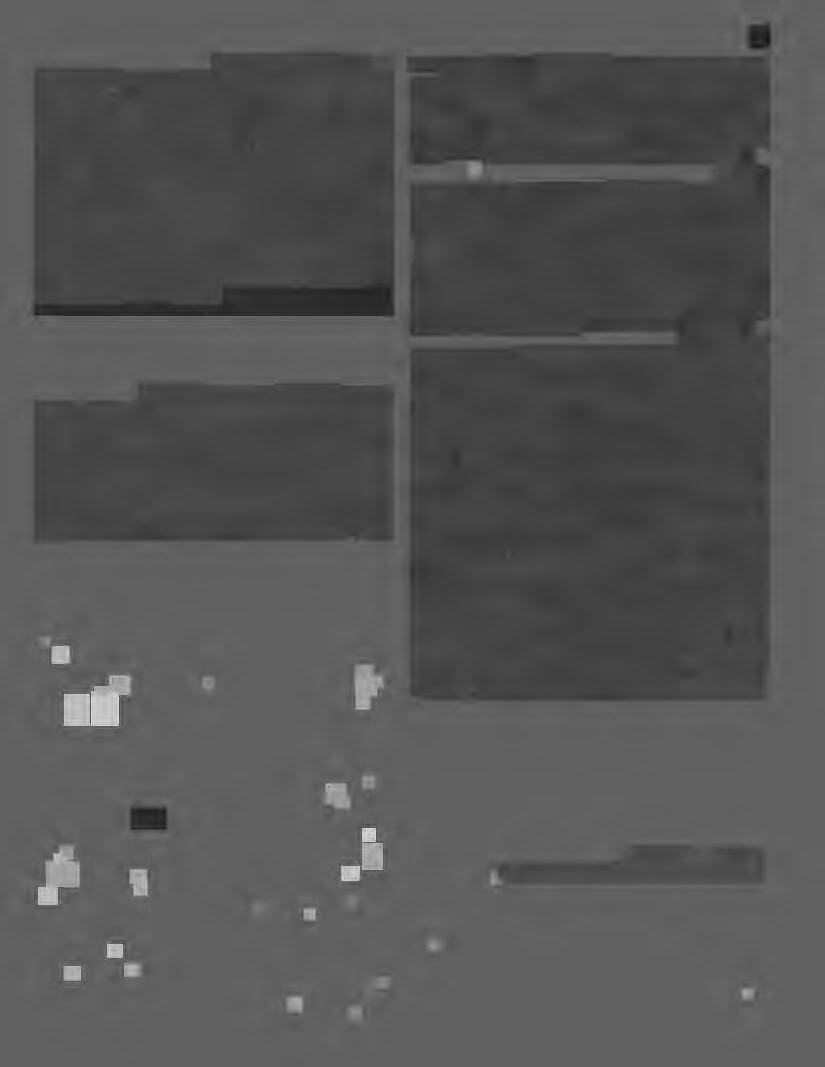
in his hands, telling me he wanted the flame to settle a little first. I asked him to stand in a spot where I'd set up lights and the camera. He began by praying to God, Lord Jesus, and the Holy Spirit. Then he began speaking in tongues and bounding up and down, with his body jerking forward and backward on the ground. The first time, he held his right hand in the flame for five minutes and fifteen seconds (I had a digital stopwatch with me that I use to time my Polaroid prints). His hand was blackened by the smoke, but there were no burns or blisters anywhere. He went back to the kitchen to wash his hand with soap and water. Eac:h time I examined his hands, and never did he burn them. For over an hour we photographed, five minutes each session. He was so comfortable fire-handling with his hands that I made Polaroids for himself and his wife to keep, as well as several for myself, in addition to shooting twenty 4x5" view-camera compositions. He told me, "This is messy work [referring to his smoke-begrimed hands], but it's the Lord's work." He was indeed glad for my visit and enjoyed being photographed, especially with the instant Polaroid film.
I have seen many women fire-handle, putting their hands in the flames, running the flames from their hands up to their elbows, back and forth, back and forth, with never a blister or a burn. The most dramatic fire-handling I've seen was when Brother Bruce, from Harlan County, Kentucky, placed his face in a foot-high flame from a torch and ran around the church's pulpit several times with flames engulfing his face; he was never burned. This I also have on videotape, and I still don't believe it when I see it.
I also visited and photographed another man, Bert Noble, from Breathitt County, Kentucky. He told me his gift was holding torches to his feet. I've seen photos of him holding a propane torch with a six-inch flame to the bottom of his feet, and he says he can hold it there for several minutes. The photographs I made of him were
with a kerosene torch like Bradley Shell had used, only he held the torch to his feet instead of his hands. Bert Noble explained his gift as coming from God, as a sign for people to see here on earth so that they might know God's power in the Hereafter. Bert told me that if people saw pictures of him practicing the signs of the Bible, it might help them to repent of their sins and open themselves up to God's love-that the Holiness way is right and the only way into God's Kingdom.
SHELBY LEE ADAMS, born in eastern Kentucky, is an Instructor of Photography in the Art Department at Salem State College in Salem, Massachusetts. A video and still photographer with several series to his credit other than the Holiness Portfolio, Adams is a National Endowment for the Arts fellowship recipient who has work in the permanent collection of the Museum of Modern Art (New York, NY), the Corcoran Gallery of Art (Washington, DC), and the Houston Museum of Fine Arts (Houston, TX). In spring 1989 Adams's work will be exhibited at the Kansas City Art Institute and published in Untitled #48 by the Friends of Photography (San Francisco, CA). All Adams' prints are gelatin silver photographs, llx14", from 1987. Text and photographs © 1988 Shelby Lee Adams.
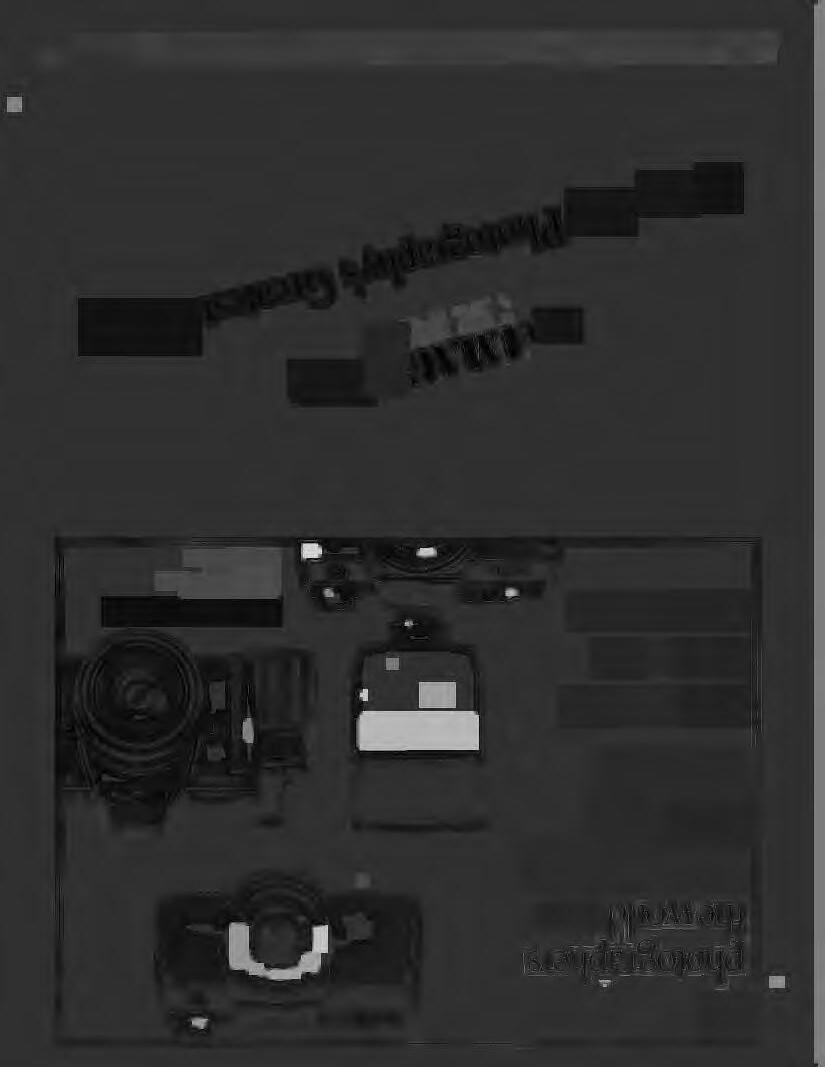
SEQUENCE (CON)SEQUENCE: (SUB)VERSIONS OF PHOTOGRAPHY IN THE 80s
JuliaBallerini

This essay is an excerpt from the forthcoming publication, Sequence (Con)sequence: (Sub)versions of Photography in the 80s, by Aperture in associationwith the Edith C. Blum Art Institute at Bard College, Annandale-on-Hudson, New York, Spring I 989. This publication, which will include three essays on photography,literature, and video by Julia Ballerini, William S. Wilson, and Lori Zippay respectively, as well as thirty-two plates of illustrations, will be issued in conjunction with an exhibitionof the same title to be heldat the Blum Institute in February and March I 989. Photographerswhose work will be exhibitedare: Dennis Adams, Mac Adams, Vikky Alexander, John Baldessari, Gretchen Bender, Jean-Charles Blanc, Dorit Cypis, Nancy Goldring, William Larson, John Maggiotto,Lorie Novak, Robert Rauschenberg,Hope Sandrow, John Schlesinger, Klaus Schnitzer/Robert Sennhauser, Eve Sonneman, Silvia T accani, and Brian Wood.
Fragmentary and discontinuous, many contemporary groupings of photographs appear to allude to (not illustrate, not narrate) psychic spills and halts and breaks. Remnants of the instability of signification, sequential non sequiturs and apparently haphazard contiguities appear to approximate experiences of channel-switching, magazine-flipping, and the general image scuffle of contemporary experience.
But photographs, so much a part of our daily lives, when pulled aside by "Art" from the fraying of their ordinary locations, become highly self-conscious. They refer back to their origins in a different voice, one that is other than approximate. These photographs are not, (or, in many cases, are no longer) on TV screens, nor in magazines, in bureau drawers, in family albums, nor on billboards. They have been positioned for longer observations-put into formats for looking. Their positions in a book or gallery loosen their ties to their possible utilitarian lives (actual or presumed), and the various configurations within the forms of the diptych, triptych, grid, cross, totem, and array suggest a complexity of other potential attachments, detachments, and reconfigurations
The camera eye has a history of solicitation. We easily position ourselves in its place (a position we all have at one time or another assumed). And as we put ourselves in its place, we easily forget that the camera was ever there. We are there in its stead. To whatever degree the substitution of ourselves for the camera may occur, we are certain of one thing: that the subject of any photograph must have been where it was at that particular motionless instant. Photographs thus encourage a fiction of our co-presence with their subjects. At the same time, we are well aware that we are not in the picture and, moreover, that the subject of the photographs is no longer exactly the way it was at the time the picture was taken. The contradictory convictions that the subject of a photograph is somehow present to us and irretrievably in another time and place gives the photograph a psychic charge unlike that of any other kind of imagery. It is, in fact, this aspect of the photograph as a record of both presence and absence that has prompted such investments of commentary from 1839 onward.
The subject of Vikky Alexander's Grace, a ten-foot cross made up of photographs of Elvis Presley, appears to solicit
a typically photographic emotional participation. We immediately recognize the dead rock star. We see changes from photograph to photograph. The well-known face is heavier, older, leaner, younger, smiling, anguished, sultry. But the photographs are clearly studio portraits, the head posed against neutral backgrounds. Moreover they are oversized extreme closeups. There is no sense of anyone ever having actually taken them, no assumptions of camera position~. Any placements for our identifications are absent. All in the same bland style, they were, in fact, taken from the covers of eight different record albums. Their evident artifice partially nullifies the photographs' temporal and spatial incisiveness and blunts the particular poignancy of a "then," placing them more in the context of an era than of an individual life.
This primary distancing of the artifice of the studio pose has been increased through its appropriation by Alexander, putting the images at a yet-further remove from any contact with their subject. They have been removed from their origins, from the act of photographing.
But perhaps it is their highly referential cruciform framing that most speaks to and most turns us away from the photographs' subject. It subdues the attraction that Elvis-asphotograph might have held for us. Whereas photographs establish their meaning along the axis of a physical relation to their subject-the subject must have been physically present for the photograph to have been made-forms such as crosses, totems, altarpieces, have traditionally signaled the nonrepresentable, that which is beyond materiality and time. As these Elvis photographs are framed into their cruciform, they become less and less their own subject. Such a frame( work) presents parallels to photography's allure of co-presence and absence, while, at the same time, negating it We are turned outside of the pictures themselves, along byways perhaps ironic, humorous, sociological, ritualistic, psychological.
We may move toward what Roland Barthes has termed the "mythological tissue" of mass consumer society, perhaps to Pamela Zoline's description of a cereal box: "On it are squandered wealths of richest colors, virgin blues, crimsons, dense ochres, precious pigments once reserved for sacred paintings and as cosmetics for the blind faces of marble gods. Giant size. Net Weight 16 ounces, 250 grams. 'They're tigerific!' says Tony the Tiger." 1
From cruciform/rock star to cereal-box tiger-these are the wandering substitutions encouraged by (what it is perhaps still legitimate to call) postmodern photographic practice-a practice that is intensely about photography and that, with equal intensity, subverts a photographic fiction of co-presence and the allure of a specific absence.
1The Heat Death of the Universe (McPherson & Co., Kingston, NY, 1987), p. 14.
JULIA BALLERINI, a Gould Fellow in the Department of Art and Architecture at Princeton University, has written for Arts, Art in America, and Photographie.Currently she is working on a book and exhibition featuring the surrogate figure in photography. Text© 1988 by Julia Ballerini
UNREELED PRESENCE: THE FILMSCREEN ASALTAR
JohnMatturri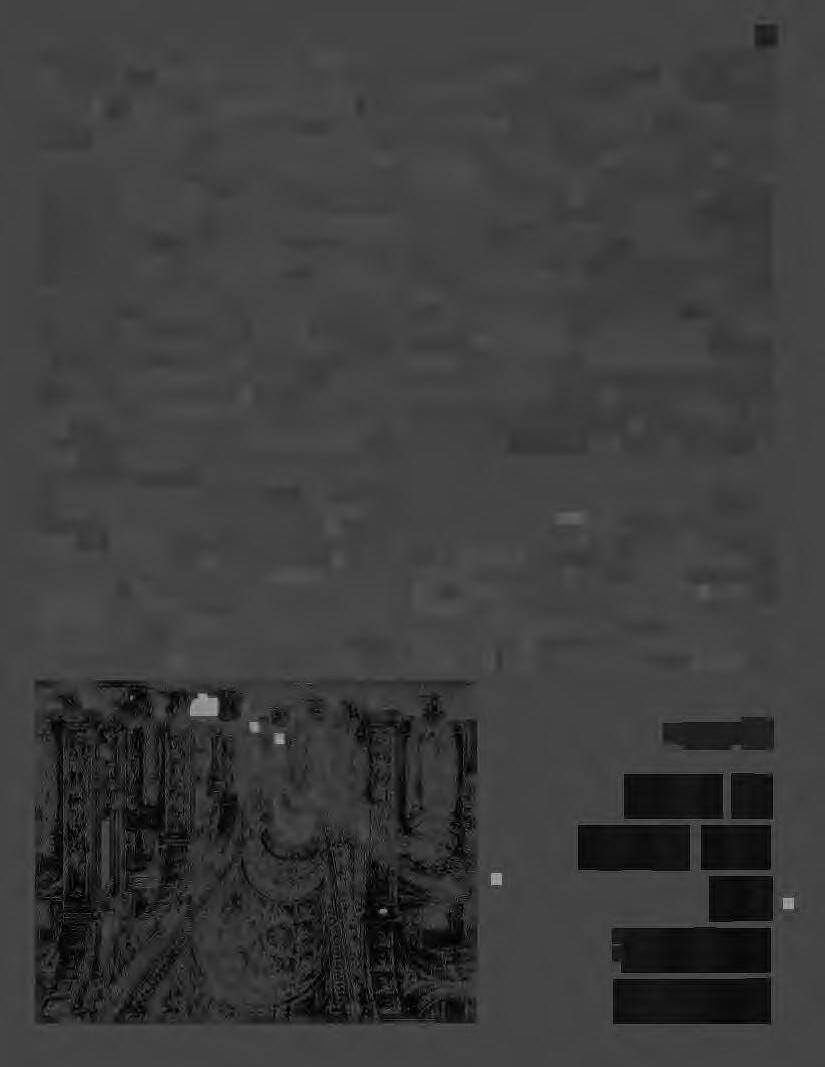
The scientificman can explainaway the vision [of the moving picture "prophet-wizard"]as a matter of the technique of double exposure, double printing, trick-turning, or stopping down. And havingreducedit to terms and shown the process, he expects us to become secular and causal again. But of course the sun itselfis a mere trick of heat and light,a dynamo, an incandescentglobe, to the man in the laboratory. To us it must be a fire upon the altar. Transubstantiationmust begin.
-Vachel Lindsay
The climax of Radio City Music Hall's Easter pageant occurred at the end of the film as its screen was replaced by a stage-set cathedral altar. This transformation was not an arbitrary whim of holiday programming. S. L. Rothafel, the Music Hall's founder, conceived the theater as a site of civic spectacle, where shows would "commemorate beautifully, tastefully, reverently the holidays, the religious festivals, the seasons as they pass during the year." He believed that motion pictures should embody a "living idea" and that the theaters in which they were shown should form one of a community's centers. Such theaters would use film as the primary element in a total spectacle that, like those presented in cathedrals, would ritually give image to basic cultural myths and norms. The publicity for Rothafel's Roxy Theater in fact heralded it as "the cathedral of the motion picture."
Although Rothafel's was perhaps the most e,xpansive vision of the potential of movie theaters, the analogy between cinematic and liturgical architecture was implicit-and at time explicit-in the design of every classic movie palace. Like cathedrals, these buildings surrounded their central spectacles with environments designed to evoke an aura of more than mundane reality. Even the hierarchical relationship between cathedral and subordi-
nate parish church was echoed by the connections between downtown first-run theaters and less elaborately ornamented neighborhood houses. With their communal weekend Sabbaths and more private daily showings, movie theaters provided a ritual space for an increasingly secularized society.
Film's ritual dimension is most extraordinarily presented in the American poet Vachel Lindsay's 1915 book, The Art of the Moving Picture. Reacting against a commercial society "ruled indirectly by photoplays owned and controlled by men who should be in the shoe-string and hook-and-eye trade," Lindsay demanded a cinema that would, through its hieroglyphic language, group spirit, and visionary capacity, act as a prophetic instrument for a spiritual revision of America. Maintaining that "humanity takes on its sacred aspect" at the movies, he expected the medium's "cathedral mood" to foster new cults of local and national democracy. For Lindsay, the movie screen was not so much like an altar as much as it was its specifically modern form; he thus calls upon the builders of New York's Cathedral of St. John the Divine to incorporate film projection as an integral part of its architecture.
Lindsay's mass prophetic cinema could only exist in that utopian vision of America that has often been imagined but never realized. As the film industry became increasingly integrated into the nation's economic structure, it would inevitably betray aspirations toward the use of the medium as a means of visionary redemption. Such radical visions could find their audience on cinema's cult-like peripheries, not in the mass spiritual awakenings that Lindsay foresaw. Even more commercially minded visionaries like Rothafel would eventually have to scale back their grand conceptions in the face of film's increasingly standard formats.
More than this, however, Lindsay, like a prisoner of Plato's cave, was so entranced by the shadows that flashed
before him that he deeply misperceived the nature of the spectacle. For all of the intriguing analogies between cinematic and liturgical space, film's mechanisms are far less amenable to spiritualization than performed ritual processes. The betrayal of Lindsay's ideas was as much a matter of film's materialism as it was of America's.
The West has long been both fascinated by the power of representational images to invoke objects not present and fearful of the dangers of illusion and idolatry associated with that power. Images have generally been excluded from philosophical descriptions of reality and accepted into religious traditions only when carefully subordinated to linguistic control. A religion of the word, Western Christianity has generally either been actively iconoclastic or has tried to contain the power of images to that of instructional tools, not objects of direct adorations.
This policy of containment has never been entirely successful. The faithful have looked to images for an experience of heightened spiritual presence, not for instructional narratives. In popular religious traditions relics, images, and reliclike image said to have been created without the touch of the human hand have provided the faithful with conduits to what would otherwise be a remote spiritual world. Gazing at a holy image, the believer feels himself in direct communion with the sacred.
No representational image in this tradition can approach the status given to the Catholic Eucharist, whose central place on the altar provides both the architectural and the institutional church with its spiritual center. In the act of consecration, the bread and wine, despite the persistence of their ordinary appearances, are said to be transformed into the real-rather than the representedpresence of the divine Christ. Mysteriously, the substances underlying the perceivable "accidents" of the
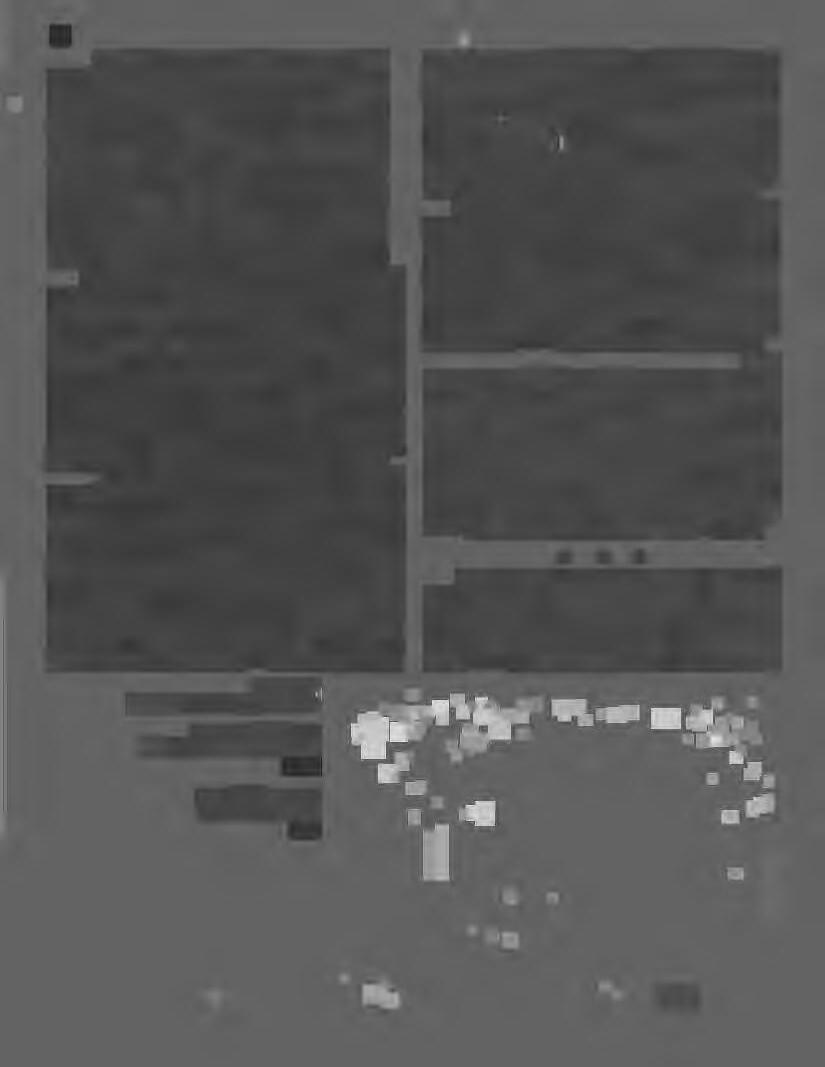
Left: Interno Della Basilica V aticana Roma, 1831
Right:
View of Proscenium, Radio City Music Hall, New York
(Courtesy the Bettmann Archive, NYC, NY)
Eucharistic materials are replaced by the Deity itself, by the primal Word through whose activity all else exists. Holy images of the saints may serve to reflect the spiritual power associated with this or that finite spiritual being, but only the transubstantiated Eucharist directly manifests what scholastic philosophy characterizes as being itself, that pure spiritual activity that is not limited by any specific finite form or essence. The Catholic Mass commemorates Christ's mission of salvation; at its climax, however, its symbolic narrative is both fulfilled and transcended as Christ's real presence stands exposed to the gaze of the believers assembled before the altar.
After the medieval affirmation of the doctrine of Christ's real presence in the Eucharist, the act of visual adoration of the Host became the most important element in the Church's liturgy. Now felt too sacred to be consumed frequently, the Eucharist was elevated over the priest's head after consecration, reserved on the altar after Mass, and displayed through the streets in Corpus Christi processions. The intensity of the laity's desire to gaze at this eruption of the infinite into their world is indicated in Thomas Cranmer's sixteenth-century response to the Calvinist doctrine that the Eucharist was merely a commemorative representation of Christ:
What made the people to run from their seats to the altar, and from altar to altar, and from sacring (as they call it) to sacring, peeping, tooting, and gazing at that thing which the priest held up in his hands, if they thought not to honour the thing which they saw? What moved the priests to lift up the sacrament so high over their heads? or the people to say to the priest, "Hold up! Hold up!"; or to say, "This day I have seen my Master"; and, "I cannot be quiet unless I see my master once a day"? What was the cause of all these, and that as well the priest and the people so devoutly did knock and kneel at every sight of the sacrament, but that they worshipped that visible thing which they saw with their eyes and took it for very God!
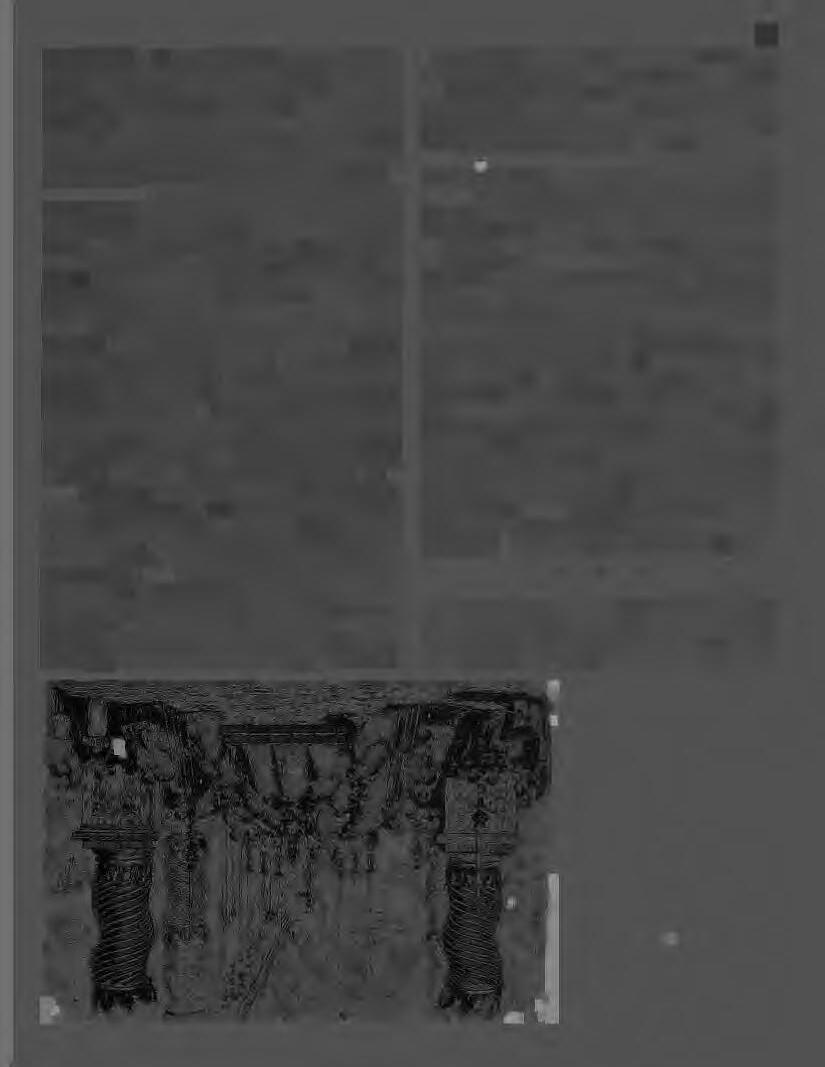
Through the spectacle of the Eucharist, it became possible for all to glimpse that transcendent presence whose Platonic equivalent would have been accessible only to the philosopher who had conquered his fascination with images.
For Walter Benjamin, the photograph's mechanical reproduction destroyed the aura that was associated with images' embodiments in unique objects and thus freed image production and use from a "parasitical dependence on ritual." However, the very presumed independence from human craftsmanship that makes this possible provides photographs with another, perhaps more primitive, aura that Elizabeth Barrett refers to when she writes that "It is not merely the likeness in such cases-but the association and sense of nearness involved in the thing ... the fact that the very shadow of the person is lying there fixed forever! It is the very sanctification of portraits, I think." Like supposedly miraculously painted icons, photographs have often been popularly perceived as gaining special representational status through their immunity from the contingencies of the artist's hand. Their aura is derived not from uniqueness, nor even primarily from their optical objectivity; as much akin to the shroud of Turin as to the postmedieval tradition of perspective images, photographs gain their hold over the popular imagination through a belief that they stand in peculiarly intimate contact with their depicted objects. That is, photographs often function more as relics than as representations. '
Lindsay's dream of a prophetic cinema depends upon the possibility of using this presumed intimacy between photographs and their objects to develop a more-natural hieroglyphiclike language that would bridge the gap between signs and the world they describe. Film could provide a means of expression that might, to quote Emerson's
statement of this persistent aspiration, "pierce [the] rotten diction and fasten words again to visible things" and thus provide a ground for the development of an art that would blend experience and imagination into "perpetual allegories." For Lindsay, the film screen is an altar of the imagination where "visible things . . . and some that have been for a long time invisible" can be recovered "in the fullness of their primeval force." Paradoxically, through the use of technology film prophets might allow modern "machine-ridden men" to renew the lost visionary power to see "thoughts as pictures in the air."
It is here that the utopianism of Lindsay's cinema is most evident. Although he, like Benjamin, finds that film's mechanical nature impedes its ritual use, he nevertheless believes that its visionary capacity might be realized if its artists engage in "a fierce struggle with the uncanny scientific quality of the camera's work." But this uncanniness-the result of the reaction created by the reflected rays of light upon the chemicals adhering to the film plane-is precisely what makes possible the seemingly hieroglyphic intimacy between image and object. Only by transcending-or hiding-the mechanisms that make possible the images that are projected on the screen can those images fulfill their prophetic function. In one of the most remarkable passages of this remarkable book, Lindsay calls on filmmakers to "make a picture of a world where machinery is so highly developed that it utterly disappeared long ago." Only within such a world would Lindsay's prophetic cinema be possible.
When Lindsay demands that cinematic transubstantiation begin, he is calling for films that would be perceived not as illusions but as real manifestations of a special realm of visionary imagination. Like the· images in a church, specific film images, and the narratives built out of them, would derive a privileged status through their association with a central transcendent reality, which Lindsay identifies with light itself. It is through their
imaginative use of light that film's prophet-wizards would gain their power of cinematic consecration: "Then they will kindle the beginning mysteries for our cause. They will build up a priesthood that is free, yet authorized to freedom. It will be established and disestablished according to the intrinsic authority of the light revealed." Here light, like the underlying divine substance of the transubstantiated Eucharist, acts as a source of pure energy out of which the film's visionary realm emerges. This metaphysics of cinematic light recalls not only the theological doctrine that provided the intellectual foundation for the Gothic cathedral but also certain Baroque prints of the Eucharist in which it is depicted as receiving divine rays projected down from the heavens and reflecting them out to the world. In viewing these diagrams, it is very tempting to follow Lindsay in his implicit identification of altar and movie screen.
To do so would also, however, be to follow Lindsay into a fundamental misunderstanding of cinematic reality. The Eucharistic myth gains its power not through the manipulation of appearances but through the more radical claim of a substantial change that occurs despite the unchanged appearances of bread and wine. It provides a spectacle of faith, not illusionism. Film's power, however, comes precisely through the presentation of appearances that have no underlying substance. What stands most essentially beneath film images is not a real presence but the blank emptiness of the white screen. Film light is the projection not of divinity but of a dynamo through whose gears shadows unreel twenty-four times per second. Rather than emanating spiritual energy, the film screen is a purely passive recipient of whatever illusory images are mechanically cast upon it.
If there is a metaphysics of cinema, it is not of spiritual light but of the radical divorce of appearance and substance that was condemned by the Church in the seventeenth century precisely because it subverted the scholas-
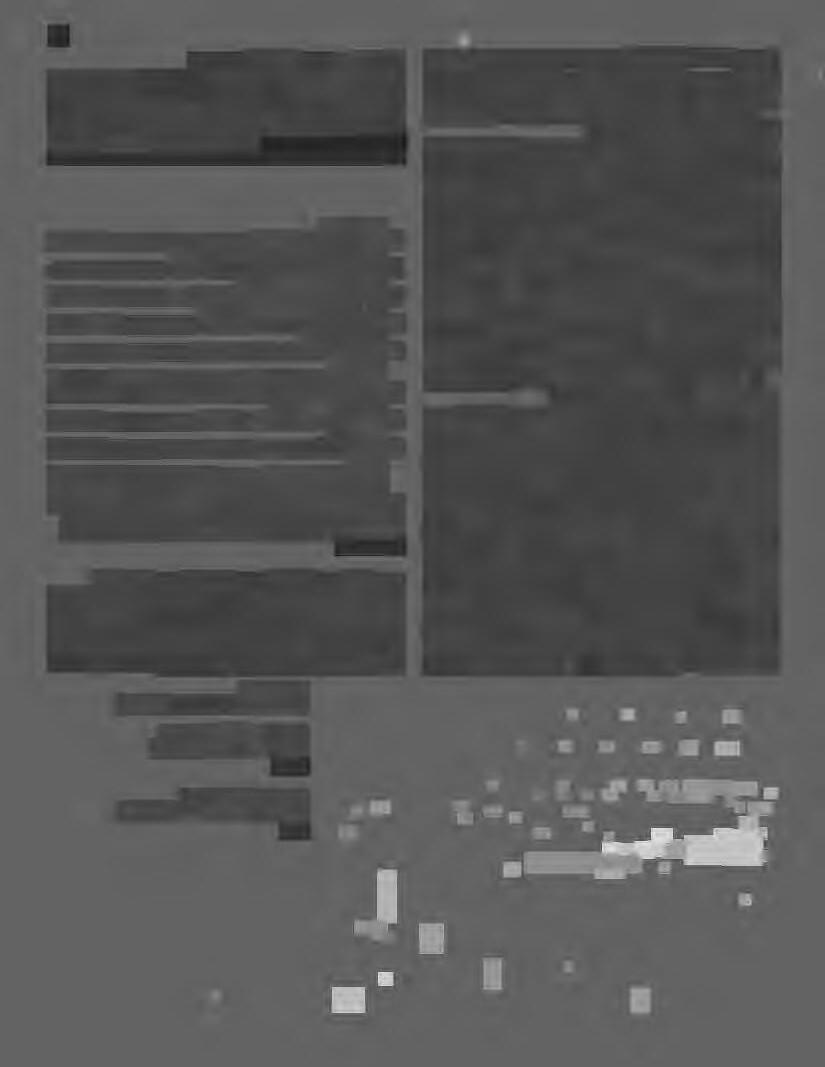
Left: Salonde 1849-La messepontificale d Saint-Pierrede Rome
Right:
Interior of the Roxy Theatre, New York City circa 1953
(Courtesy_the Bettmann Archive, NYC, NY)
tic theology of the Eucharist. The film screen acts more as an emblem of a world reduced to insubstantial representations than as a weapon for recovering a world beyond representation. By its very nature, film must always betray those of its artists who, like Lindsay's prophets, forget that they are playing with illusion, not reality.
References
Aquinas, Thomas. Summa Theologica. London: Blackfriar's, 1975. Benjamin, Walter. Illuminations. New York: Schocken Books, 1969. Drewal, Margaret Thompson. "From Rocky's Rockettes to Liberace: The Politics of Representation in the Heart of Corporate Capitalism." Journal of American Culture, 10(2) (Summer 1987), 69-82.
Emerson, Ralph Waldo. Nature. San Francisco: Chandler Publishing Co., 1968.
Lindsay, Vachel. The Art of the Moving Picture. New York: Liveright Publishing Co., 1970.
Maynard, Patrick. "The Secular Icon: Photography and the Functions of Images." The Journal of Aesthetics and Art Criticism, 42 (1983), 155-169.
Naylor, David. American Picture Palaces. New York: Yan Nostrand Reinhold, 1981.
Oakley, Francis. The Western Church in the Late Middle Ages. Ithaca, NY: Cornell University Press, 1979.
Rahner, Karl. Theological Investigations. IV. More Recent Writings. New York: Crossroad, 1982.
Rothafel, Samuel. "What the Public Wants in the Picture Theater." Architectural Forum, 42 (1925), 361-364.
Sitney, P. Adams. Visionary Cinema. New York: Oxford University Press, 1973.
JOHN MATTURRI is a writer with a special interest in the cultural background of the visual arts, and a visual artist who constructs narrative pieces incorporating text and photographs. His article on the films and paintings of Power Boothe appeared in the Fall 1986 issue of Motion Picture. © 1988 by John Matturri
Howard Greenberg / Photofind 138SpringStreet NewYork,NewYork10012 212-334-0010

Grancel Fitz: Oct.26-Dec.3,1988
New York:
Weegee The Famous: Dec.7-Jan.14,1989
Sy Kattelson: Forty Years: Jan.18-Feb.18,1989
South Florida Photographic Workshops
January - April 1989 Boca Raton, Florida
Sam Abell
Joe Baraban
Jim Brandenburg
Kip Brundage
Lucien Clergue
Bruce Davidson
Sharon Fox
Charles Harbutt
Bill Hayward
Christopher James
Len Jenshel
Lucy Johnson
Tom Knibbs
Marcia Lippman
Helen Marcus
Arthur Meyerson
Robert Millman
Elizabeth Opalenik
Chris Rainier
Lilo Raymond
John Shaw
Craig Stevens
Dennis Stock
Jane Tuckerman
Deborah Turbeville
Allen Vogel
WOODSTOCK PHOTO SHOP
• Quality Photofinishing (one day service)
• Kodak Processing
• Camera Accessories - Filters
Gadget Bags - Supplies
• Kodak & Ilford Films & Papers
• Chemicals & Darkroom Supplies
• Frames & Albums
•
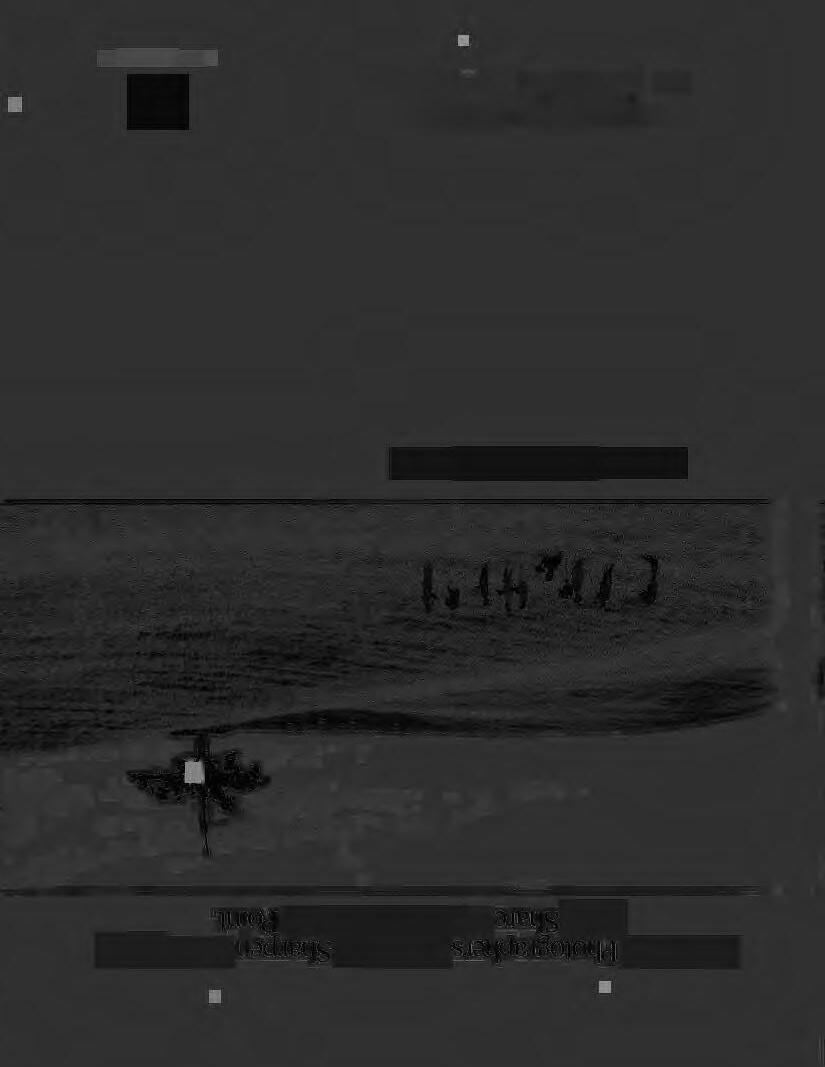
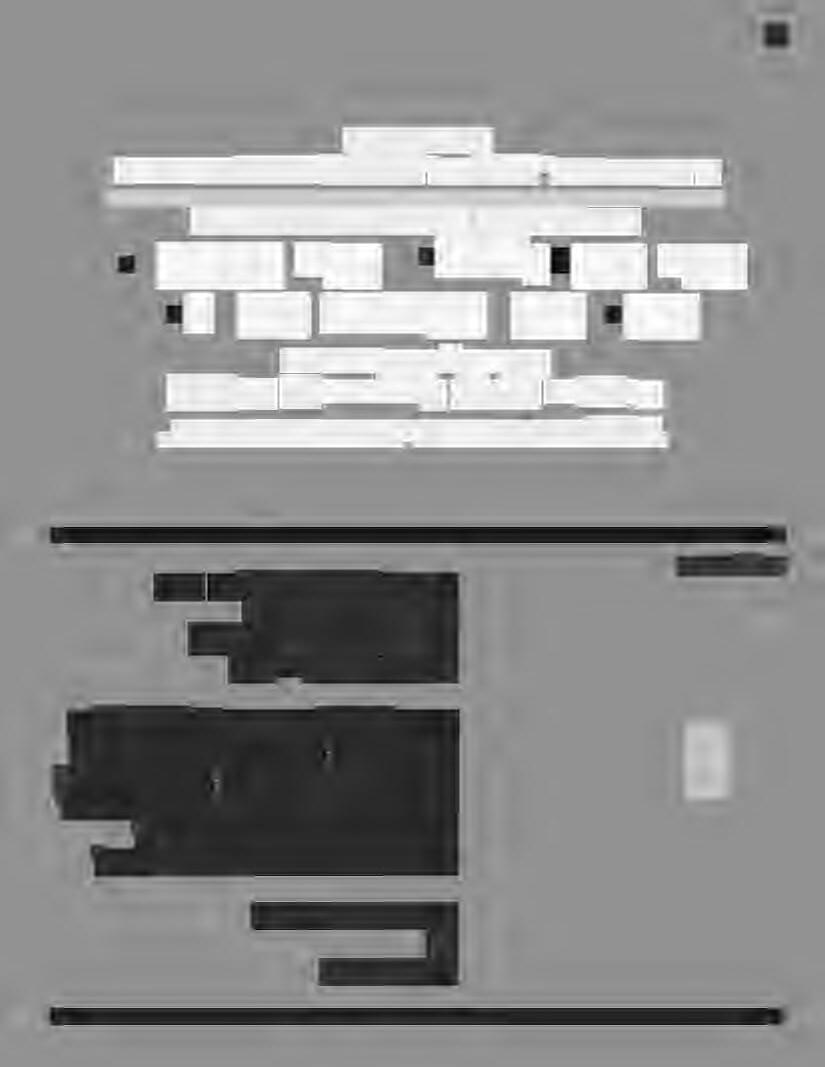
SHELLEYBACHMAN,KARLBADEN,ELLENCAREY, GLORIADEFILIPPSBRUSH,DANIELFAUST, MIRIAMFISHMAN,STEPHENFRAILEY,SUSANKAEGRANT, SANDRAHABER,JEFFMILLIKAN,PATRICKNAGATANI / ANDREETRACEY,LORIENOVAK,RICARDOSALCEDO, ANDRESSERRANO,CARLASHAPIRO,JOSEPHSQUIER
exhibitioncatalogueavailable color/sixteenpages/$8postpaid
TheCenterforPhotography 59TinkerStreet,Woodstock,NY12498
NotedBooks
Publicationsrecentlyreceivedby the Centerlibrary:
SOUTHAFRICA: THECORDONEDHEART
TwentySouthAfricanPhotographers
Editedby OmarBadsha
Introductionandtextby FrancisWilson
Forewordby BishopDesmondTutu
Published1986by the GalleryPress,Capetown,SouthAfrica, andW.W.Norton&Company,NewYork
AvailablefromW.W.Norton,500FifthAvenue, NewYork,NY10110,for$14.95/softcover
MARKSINPLACE: CONTEMPORARYRESPONSESTOROCKART
Photographs by LindaConnor,RickDingus (bookcoordinator),SteveFitch,JohnPfahl, CharlesRoitz(projectdirector)
Essaysby PollySchaafsmaand KeithDavis
Forewordby LucyR.Lippard
Published1988by the University of NewMexicoPress
AvailablefromUNMPress,Albuquerque,NM87131, for$24.95/softcover($1.50shipping)
AVANISHEDWORLD: ROMANVISHNIAC
Forewordby ElieWiesel
Paperbackeditionpublished1986by Farrar,Straus&Giroux
AvailablefromFarrar,Straus&Giroux,19UnionSquare, NewYork,NY10003,for$19.95/softcover
EXILES
PhotographsbyJosepfKoudelka
Essayby CzeslawMilosz
Published1988byApertureFoundation,Inc.
AvailablefromAperture,20 East23rdStreet, NewYork,NY10010,for$39.95/hardcover
WHYARETHEYWEEPING?: SOUTHAFRICANSUNDERAPARTHEID
Photographs by DavidC.Turnley
Textby AllanBoesak
Published1988by Stewart,Tabori&Chang,Inc.
AvailablefromWorkmanPublishing,708Broadway, NewYork,NY10003,for$19.95/softcover
WOODSTOCK PHOTOGRAPHY WORKSHOPS
July-September1989
Comejoinour intensiveweekendworkshops taughtby masterphotographers in the beautifulCatskillMountains.
Nowin its twelfthseason, the seriesis sponsoredby the EastmanKodakCompany.
Workshopsincludehands-onshooting withthe professionals. Critique,darkroom,fieldtrips.
Nationallyrecognizedphotographerssuchas MarilynBridges,BruceDavidson, CharlesGatewood,RalphGibson, SheilaMetzner,DuaneMichals, LiloRaymond,EvaRubinstein, JoyceTenneson,and GeorgeTice havetaughtat the workshop.
Topicscoverthe fineprint,the nude, extendingthe blackandwhiteprint withhandcoloring,illustration, photographingpeople... and more.
Callfor catalogue:914-679-9957
SUBSCRIBE!
-K. Kenyon

CENTERQUARTERLY
U.S.:$15 Canada &Mexico:$23 International:$35 Startyoursubscriptionnow.Sendcheckormoneyorderto: • TheCenterfor Photography at Woodstock 59 TinkerStreet,Woodstock,NY12498

creativecuisine servedin casuallyelegant surroundings dining•catering Rte.212,Mt.Tremper,NY 914-688-7100
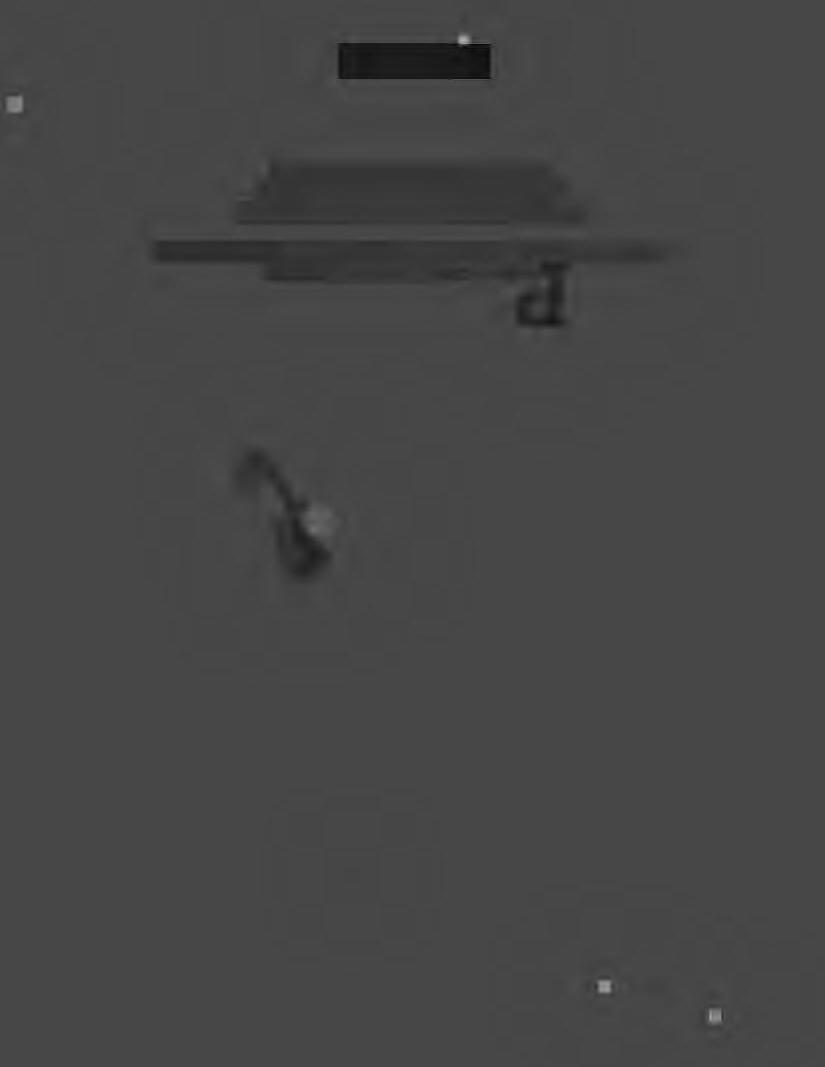
EOIOGRAPH BYMARSHA BURNS ENGRAVED FROM A POLAROID 20x24 POLAPAN PHOfOGRAPH
INTERNATIONAL POLAROID COLLECTION
CAMBRIDGE, MASSACHUSETTS 02139
CONIACT: BARBARA HITCHCOCK
addresscorrectionrequested
PRINT AUCTION CATALOG
Illustratedauctioncatalogfor1989Print Auctionwillbeavailablefor$7.00earlyin February.HCP'sfifthauctionwillbeheldon March12,1989andwillfeature work by 150nationallyknownphotographers.Phone andmailbidsarewelcome.Forcatalog, sendname,addressandcheckorMCNISA cardnumberto:
PrintAuction
HoustonCenterforPhotography 1441W.Alabama
Houston,TX77006 I (713)529-4755
one-stop shopping
SprintSystemsofPhotographymanufacturesa completelineofphotochemistryformostdarkroomprocedures,including B&Wnegatives,prints,and reversalslides,Colorfilms andprints,andspecialapplicationssuchaslitho films,pyronegatives,and hand-sensitizedprints. Sprintproductsoffersome trulyoriginaladvantages andimprovements:
Allareliquidsthatmay bedilutedandmixedaccuratelyinanyamountat roomtemperature.Nopowders,hotwater,orlarge storagebottlesareneeded.
Eachliquidisacomponent ofamodularsystem.Most havemorethanoneapplication,andfewerseparate productsareneededto stockacompletedarkroom.
Workingsolutionsprocess ahighvolumeofprintsor filmsperliter.Comparethe capacityofSprintchemistrywithotherbrands,per literandperdollar.
Everysolutionworksquicklyandefficientlywithout sacrificeofperformance, toreducetotalprocessing timeandincreasearchival permanence.
Toxicityandodorshave

beenminimizedandallergenicingredientshave beenomittedwhenever possible.
Weinviteyoutocalluscollectformoreinformation, andthentotryourchemistryinyourowndarkroom. Theresultsmaybethebest reasonofalltouseSPRINT.
